In today’s age, starting a new fashion brand online is very, very difficult. Fashion is the most competitive industry, hands down.
According to McKinsey Global Fashion Index, the global fashion industry is estimated to be worth $2.4 trillion.
Not only is penetrating this market incredibly competitive, but then once your business does get some legs…competing in a global industry plagued by copycat rivals and ruthless competition is not an easy fete.
Couple this with the huge amount of start up capital required to not only fund your first run of production, but advertising in an industry that spends $1.01 billion on advertising each year.
However, that didn’t scare Filip Tysander, the founder of Daniel Wellington. In 2011, the Swede took 250,000 SEK ($30,000) out of his own pocket to start the watch brand Daniel Wellington.
Fast forward a couple of years later and Daniel Wellington dominates Europe’s fastest growing private company with a 4,695% growth rate in the last three years. The company is 100% privately owned and bootstrapped, and sells over a million watches per year equalling $228 million annual revenue.
Knowing that every watch sold produces about 50% margin due to their cheap production costs, Tysander has built himself a fortune. In 2016, the company reached a profit of 960 million SEK ($148 million) and it all goes into Filip Tysander’s pocket, with no investor dividends or venture capitalist to pay back.
So How did he do it?
Two words. Influencer. Marketing.
The pioneer of his time, he started one of the biggest digital trends today.
The goal is simple: instead of paying superstars a ton of money he didn’t have to sponsor the product, a similar impact could be achieve by targeting smaller influencers who have 2k, 5k or 10k followers on a new trending platform: Instagram.
At the time, Instagram was very different from today. Old logo, chronological feed, no instant messaging… It was just people sharing pictures with other people.
Tysander saw a huge opportunity there. Here is the idea: Many small influencers can have the same impact (if not bigger) than one big influencer, so let’s make sure that not one person, but many people show off the brand.
He decided to contact Instagram influencers, offering watches in return for a picture of them wearing the watch on their page. The cost of the campaign? The production cost of a watch – *hint* nothing.
This put his product right in front of people’s eyes. The watches were everywhere, and very accessible. Even better, this wasn’t considered advertising.
Recently, Instagram introduced a new feature that forces influencers to mention when their post is sponsored. A feature that Instagram has put in place directly to counter the marketing strategy used by Daniel Wellington, in the name of “transparency”.
The growth that Tysander reached with this strategy wouldn’t be possible today. He was ahead of his time.
In this analysis, I’m going to go over how Daniel Wellington is built for success. How the company managed to get to the point it is now through a very innovative strategy.
I will analyse their online marketing strategy and break down how Daniel Wellington is keeping up today with their website’s user experience, their social media marketing as well as other technical aspects such as website structure, SEO rankings and Paid Marketing.
As we will see, the watch maker still has gigantic potential for growth. Tysander is still far from saturating the revenue of his company.
Disclaimer: I do not have access to any of the internal information at Daniel Wellington. I have not been in contact with any of the Daniel Wellington staff or have had access to analytics from inside the company. This analysis has been conducted using 3rd party tools and data along with what I can see online. Recommendations and analysis are based on knowledge and how I would optimise their website.
Table of Contents
Influencer Marketing
User Experience
- Desktop
- Mobile
- The App
SEO
- Website structure
- Click Depth
- Page Speed
- Traffic & Rankings
- Referrals
- Backlinks
- Anchor Text
Paid Marketing
- Google Search
- Google Shopping
- Remarketing
Email Marketing
Social Media
- YouTube
What About Competitors?
Conclusion
Influencer Marketing
It’s difficult to start a review of Daniel Wellington without talking about Influencer Marketing. The company was built on this concept and since, many other brands have tried to replicate it.
The idea is to contact influencers in your niche and ask them to promote your brand. This isn’t new, as big brands have been paying celebrities to represent their brands in Magazines or TV Ads for decades.
But this time, we’re not talking about big movie stars.
Daniel Wellington decided that an influencer would be something that is a much broader term than that. Influencers are the people you look up to: your big brothers and sisters, your friends, the cool kid in school, the awesome YouTuber, the travel blogger… Pretty much anyone can be an influencer to anyone.
With social media, Filip Tysander had a big pool of influencers to play with.
The second thing Tysander needed was a theme. Something to build the story of his brand around. On the website, we can read about how he met the man who became the inspiration for the watch brand with the NATO strap: Daniel Wellington. How did he meet him? While travelling.
So Tysander had a product, he had a theme, and he had an idea of spreading his product through influencers. He needs one last thing: the platform.
In 2010, a new platform for picture-sharing was born, Instagram. Unlike Facebook, Instagram wasn’t about keeping contact with friends or chatting, but creating good-looking pictures with easily applied filters.
This is where Tysander saw opportunity. If people could share amazing pictures of them wearing his watch on Instagram, he could grow the reach of his brand without having to advertise through traditional mediums. He could grow the popularity of his watch without having to spend huge amounts of money on advertising.
For this strategy to work, he needed to do one thing: create emotion. The pictures that were going to create the Daniel Wellington brand needed to fill three criteria: stir up curiosity, create inspiration, and show off a great looking product.
So he contacted various fashion and travel influencers on Instagram and offered them free watches in return for a picture on their account.
Put all of these elements together, and you have the genius story of Daniel Wellington and how Tysander managed to exploit an untapped digital marketing strategy.
Today, the brand has evolved and uses the influencer trend to their advantage. They are prompting people to buy watches and take pictures with them to have the chance to be featured on the Daniel Wellington website with the hashtag #DWMoments.
In addition to their broad influencer marketing efforts, they have now added one of the most influential Instagram accounts to their portfolio: Kendall Jenner (@kendalljenner). She ranks #11 on the all-time top followers accounts with 82 MILLION followers (I almost fainted saying that)
Pictures of her with the watch have drawn over 2.6 million likes. If only I had that many followers…
Instagram Marketing is now doing most of the work for the brand by itself. They no longer need to offer watches to influencers anymore (even though they still do). Influencers buy the watches to grow their notoriety by appearing on the DW website and growing their follower-base. It’s a win-win situation for both the bloggers and the brand.
But let’s move on from Instagram and have a look at their website’s User Experience.
User Experience
So, Daniel Wellington had a great marketing strategy to increase the love of the brand to everyone around the world. Now, the company needs to convert those prospects into customers.
Above partnerships with real life retailers, Tysander needed a good website. Let’s take a look at what makes the Daniel Wellington website great today.
Desktop
Daniel Wellington has primarily built its website for Desktop users. Let’s break it down.
The Home Page
We were quite critical of iSelect’s home page in our past review, as opposed to the HelloFresh home page that we thought looked great.
Home pages should look differently from one industry to another, but ultimately they all have the same goal: they serve as entrance for users to start an experience. Look at the home page as a door, a way into a world of shopping.
The equivalent of what a façade is to a brick and mortar store.
And what is the goal of that façade? To make people enter, with an understanding of what they are entering.
So in the case of Daniel Wellington, that means the home page has to do two things.
- Prompt users to enter the website to shop,
- Make users understand what they are going to shop
Let’s have a look at the Attention and Heat maps of the Home Page above the fold.
As we can see in the first image, the first few seconds of our attention will be drawn towards the area of the title, the female model, the table with breakfast and the call to action button “explore”. The heat map shows us that most of our attention will be distributed around this area as we spend time looking at this home page.
This is exactly what a home page should do. The façade needs to show the entrance – the door – the call-to-action button – that allows us to enter the website.
But what about the product?
Let’s have a look at another feature called Regions of Interests to understand what parts of the design of this home page are most visible.
The higher the percentage, the more visible that part of the page is.
Noticed how this design is perfectly built to create a very visible product at the centre of the page? You might not realize it at first, and it might not be the first thing you see. But you will see it. You will unconsciously understand that this website is selling watches as your eyes are drawn towards the female model wearing a watch.
“Why not the male model?”, you might ask. It is not uncommon for fashion websites to draw more attention towards the female model. After all, females shop more online than men.
The second important feature is the call-to-action button. Daniel Wellington has designed this page perfectly for the “explore” button to be very visible.
If I were to ask you what you first saw on this page when looking at it, you probably wouldn’t say “the explore button”. That’s where design becomes very interesting. Because whether you want to or not, your eyes will be drawn towards what the design tells you to look at and you will ultimately fulfil the goal that the page has been designed for.
Let’s scroll down a bit.
The Top Sellers feature is a great part of the home page to prompt users to start shopping. The best selling products of a website are often a great chance for the brand to showcase products that most of their customers want to buy.
With clear call-to-action buttons, it’s very easy for me to buy the watch that I’m seeing. By clicking on “shop now”, I directly put the item into my shopping cart.
Notice that they are using a sticky menu at the top with a dark blue background. This simple design is very effective to help users navigating the website.
Further down the page, we get our first snapshot of how Daniel Wellington has become so famous: Instagram.
These pictures are not taken by Daniel Wellington. They’re taken by chosen Instagram influencers that the company has partnered with to spread their watches across the platform.
How do I know this?
Well, influencers today understand the power of their follower base. And hopefully for them, they understand the opportunity that such a power brings when negotiating with brands.
This influencer has a promo code in the description of his picture. I’m pretty sure that hasn’t appeared there by itself. This is clearly a partnership with DW and this influencer might even get a commission for every watch bought through his promo code.
Luckily for the brand, not all influencers have been chosen by them beforehand. Some of these pictures have actually been taken by random people who the brand has later contacted when realising the picture was great and featured a DW watch on it.
That’s very impressive. Daniel Wellington have reached a point where they don’t even need to ask people to create featured pictures for them. People do it by themselves because 1. they like the watch and 2. They feel part of a community.
But let’s get back to our home page and look at the true power of these pictures.
Wow. I can actually buy the exact watch that I’m looking at straight away. That’s one of the easiest ways to buy a watch that I have ever seen.
I’m no longer buying a product by just looking at the actual product. I’m buying the product based on the context in which the product looks good. In the case of Daniel Wellington, it’s pretty much any context, which makes up for one of the big strengths of the brand.
Further down, we get to the footer.
In the case of shopping websites, this is a vital part for various reasons that I will break down.
The footer contains three features.
- Sign up to the newsletter
We’ve talked about the power of emails in our previous reviews. Whatever the industry and whatever the product, emails are still one of the most powerful marketing tools today. They allow to interact with past, present and potential customers in a very specific and tailored way.
If a user subscribes to the newsletter, that shows interest and intent. Two very powerful thoughts for marketers who want to sell a product.
In the case of this website, I would even suggest that Daniel Wellington position their newsletter box higher on the page to increase visibility and number of subscribers.
- Social Media Buttons
Not much to say about the social media buttons, apart from the fact that a brand today without social media pages cannot be trusted *clears throat*.
- The internal links
The home page is naturally where a website gets the biggest amount of incoming links. It’s the most authoritative part of a website, where most people will land when searching for any keyword related to that website on Google.
I’m going to get slightly technical here (before I go full technical on you in the SEO section) and explain to you why these links are important.
To distribute the authority of a home page to the rest of the websites pages, we digital marketers use something called internal linking. This is basically a link going from one page of a website to another page of that same website.
Just as external linking transfers link juice from one domain to another, internal linking shares link juice between the pages of a single website, thus increasing the authority of all pages together. Within the website’s structure, this is a very important element as it lifts the overall strength of the domain.
Putting links in the footer leads to what we call “site wide internal links”. These are the pages that get the most link juice, because they are linked to by every page on the website.
This allows Daniel Wellington to chose which pages of their site they want to get most authority, and subsequently the most amount of traffic. This usually goes to two important types of pages: categories and specific product pages.
It is no coincidence that Daniel Wellington has chosen to include links to trending watches in their footer. They know that these watches have the highest chance of producing sales. By including these links in the footer, they accomplish two things:
- Bring more traffic to these pages that convert
- Boost the rankings of these pages in search engines
When I click on one of these links, I land on a very specific landing page tailored only for this product type.
See how many times the word “Gold watch” appears? With a simple Ctrl+F, I realize that this specific keyword appears 13 times in this short amount of text.
Daniel Wellington clearly wants this page to rank for search terms related to “Gold watch” on Google. In this case, it might even appear a little too often. DW should be careful about this to avoid a Google Panda penalty. Oh and by the way, this page is barely ranking at all (but I’ll get to that later).
Let’s get back to UX
The Product Page
Just like the watches, the product page is quite minimalistic and straight to the point. Very clean, the page offers a broad image of the product as well as some features such as colour and size.
Let’s look at the regions of interest of this page.
As we can see, Daniel Wellington have done a good job to draw the interest of the user towards the call-to-action button. With a good contrast in colour, the button stands out and draws the user to the next step of the purchase.
The Cart
The cart is a menu that slides out from the right side of the screen, which I really like. It makes it simple to continue shopping on the page while having access to the cart at any time. In terms of user experience, this is a big plus.
The Checkout
The Checkout page is one of the most important of the sales funnel. This one is simple, on point, and encompasses everything on the same page.
I believe DW would make an ever greater checkout page if I didn’t need to scroll down to enter my information. The “Summary” section already contains the watches that I have in the basket, so there is no need to remind me twice of what I am buying.
The more they indirectly ask me “are you sure?”, the more I’m going to hesitate.
They should remove the “Checkout” section at the top, remove the text from the summary section and add the checkout images there, to have the space to move the whole “Your information” and “summary” sections higher up and above the fold.
But this page is ultimately designed for one thing: the payment. This is the moment we take out our wallets and enter payment information.
Daniel Wellington has made a great business move with their payments process. One important ingredient to their international success. They support local payments in all markets.
Within three years of its creation, the company was already selling in over 144 countries around the world. So to make checkout easier for everyone, DW applied a payments-first strategy, researching and using local payments in each new market.
Adapting to local payment methods and translating the website to local languages would create a fully localised experience for the users wherever they were. This shows that the brand cares about their customers and want to make their shopping easy for them.
That’s a great strategy to increase sales during the checkout process. 46.1% of cart abandonments occur at the payment stage, so it’s a critical part of the online shopping experience and should be enhanced as much as possible. Great move.
Let’s have a look at what the website looks like on Mobile.
Mobile Experience
Mobile traffic has surpassed Desktop traffic. Users shop more on Mobile than ever before. That is why an increased Mobile experience is essential to successful online retailers.
Let’s have a look at Daniel Wellington’s Mobile website and App
Mobile Website
The Home Page
As opposed to the Desktop version, the mobile home page doesn’t draw the eyes towards the call to action button “explore”. This home page plays very poorly with colour contrasts and focuses on a minimalistic design.
Even though a focus on the current promotional text is a decent strategy, I would enhance the mobile home page by focusing the design more on the Explore button than the top image.
The Product page
The mobile product page doesn’t contain any call-to-action at all above the fold. It focuses solely on showing off the product to the customer.
When scrolling down slightly, we have an overview of the item details as well as “shop now” button.
But as we can see, the call-to-action button still doesn’t stand out very much. It has been proven in the past that white/black contrast doesn’t draw the eye. In fact, it might do the opposite effect and prevent the user from seeing at all.
Feel free to try it out! Go to the Daniel Wellington Mobile website and scroll down on the product page. Did you see the call-to-action button?
The Cart
The cart looks great. I have a clear overview of my purchases and the call-to-action button at the bottom is very clear. Though I would test a different colour for that button to make it stand out more.
Drawing the user’s attention towards the “add a matching item” button is a smart strategy to influence upsells. With the ease of mobile navigation, this might just be the factor that influences the user into buying one extra strap for the watch.
The Checkout
I will give the same recommendations to the Mobile Checkout page as I did to the Desktop Checkout page. What is seen above the fold in unnecessary. I just saw the items I ordered on the Cart page, and there is no need to present them to me again in this way.
The App
Unfortunately, Daniel Wellington does not have its own app. This is a missed opportunity for a brand built on social media and influencer marketing.
With its own app, DW could interact differently with their fans by creating exclusive content and promotions for app-users. This would increase customer loyalty as well as customer retention.
Let’s move on to the SEO section, where we will understand where the traffic comes from and how the website is structured.
SEO
Website structure
Daniel Wellington has a simple website structure based on sub-folders. All of the international pages are set up as https://www.danielwellington.com/au/ as opposed to https://au.danielwellington.com.
This is very good, as incoming links from all domains and countries provide link juice to the main domain www.danielwellington.com.
Because Daniel Wellington is available in many countries, the website is available in many languages. But how does the website understand which page it should feed to each user? How does Daniel Wellington understand that a German user would like to read the page in German as opposed to English?
For international companies, it is very important to setup websites with the markup rel=”alternate” hreflang=”x”. This allows Google to index and serve localized versions of the content to users who require an alternate language version.
Here is what the code looks like on the Australian domain:
If a user wants to see the website in a specific language, country buttons are available on the page to change language at any time. For all countries that don’t have a specific website, the users will be directed to www.danielwellington.com/global.
Click Depth
Click depth is an important factor. To optimise user experience, it is important to keep all pages only a click away from the entry point of the website (in most cases, the home page). But click depth is also a factor in Google rankings, as it directly influences Google bot’s crawl budget.
As we can see, 24% of the pages are a whopping 6 clicks away from the home page. This means that I have to go through 6 different pages before reaching the one I’m looking for. Patience……
This needs improvement. Daniel Wellington needs to improve their internal linking strategy to reduce click depth. This could be achieved by changing the links in the footer on each page to create a more balanced structure.
Currently, all pages have the same footer links as we mentioned earlier. By changing the links to items more relevant to each page, a balanced internal linking would enhance user experience as well as evenly distribute link juice across the website
Page Speed
The page speed of danielwellington.com is very… slow…
There are 3 main factors for the page taking so much time to load:
- Images (it’s a fashion website after all)
- Scripts
- Redirects
First, it’s difficult for DW to do anything about the images apart from lowering their number. A fashion website without images would make no sense and to their credit, they have already reduced image sizes and applied compression to reduce image weight to the maximum.
To reduce the overall page loading speed, DW could still extend their browser caching and reduce the amount of requests by combining JS files.
But overall, danielwellington.com is actually doing a decent job taking into account the circumstances. The page redirect to a country specific home page increases loading speed by a whole second, but the benefits of a local website experience is worth it.
Traffic & Keyword Rankings
Daniel Wellington is a monster. The website attracts around 2 million visitors every month, all countries combined.
However, the website’s keyword rankings is difficult to analyse, for one simple reason explained by the following image.
The country statistics show us that traffic is coming from all over the world. The top country (the US) only has 15% of the total traffic while number 2 (Viet Nam) has 6.8%. This translates into a very spread out traffic influx, with people entering the website from many different sources and in many different languages.
Because Google has different rankings for each of its country specific domains, rankings for danielwelligton.com will be different in each country.
With Ahrefs, we get an overview of their keyword rankings around the world.
Daniel Wellington sells watches pretty much everywhere. Because they’re an online retailer, people will search for their website from many different sources. However, the keywords remain interestingly similar across different languages (and for a good reason).
For the purpose of this case study, I will analyse their strongest market: the US.
According to SEMRush, the website only ranks for 5.8k keywords, which is quite low for a website totalling 2 million monthly visitors (300,000 coming from the US).
When I take a closer look, I understand that the website is mostly ranking for one type of keyword: branded keywords. This explains why keywords are similar across different languages: you can’t translate Daniel Wellington.
Knowing that DW has built their brand on social media, we could expect traffic to mainly come from social sources. But when I look at the traffic sources graph, I realise that a huge chunk of the traffic comes from organic search.
But what kind of organic search? What are people searching for before entering the Daniel Wellington website?
The answer is once again: branded keywords.
Out of the total 5,8k keywords the website ranks for in the US, 20% contain the words “daniel”, “wellington” or the phrase “daniel wellington”. That excludes all misspellings, shortenings such as “wd” or “dw” or close matches such as “david wellington” or “Danielle wellington”. All in all, most organic traffic comes from some term related to the brand.
This shows an immense amount of opportunity for the watch maker. Its rankings are very poor for generic keywords such as “mens watches” (ranked #42), “womens watches” (not ranking), “gold watches” (not ranking), “nato strap” (not ranking), “high end watches” (ranking #28) or “rose gold watches” (ranked #17).
Organic results for “gold watches”
With a great SEO strategy based on strong content, high-quality backlinks and a perfect website structure, Daniel Wellington could easily rank on page 1 for high search-volume and high competition keywords.
I mentioned earlier the page created for “Gold watches”. This page is unfortunately built using old content marketing tactics. It has a high keyword prominence (with the focus keyword appearing 13 times) and not-so-interesting text to fill the page. This particular page could be highly upgraded by making it overall more useful, transforming it to a high-quality money page that brings quality traffic and ultimately drives sales.
To make the page more interesting, I would make it more interactive. I would include a good looking background image and transform that chunk of text into more distinct sections, with images showing the watches being worn by awesome models, a short video introducing the watch, a nice customer review, a sales promotion and distinct call-to-action buttons for each product.
Adding more features to the page would enhance user experience, increase SEO rankings, increase conversion rate and ultimately drive more sales. The work is worth it.
If you want to learn more about our SEO tactics to increase rankings and produce high quality pages, you can start by downloading our free SEO report at the bottom of this page.
Referrals
Mainly, Daniel Wellington’s organic traffic comes from users searching for their brand, which brings us back to the power of social media and branding. Direct traffic, responsible for 19.27% of total traffic, is also highly provoked by these strategies.
But an interesting point to look at is their referrals traffic.
10% might look like a low percentage, but out of 2 million visitors, that’s 200,000 visitors coming from referring websites every month. Let’s break down those traffic sources.
A huge amount of traffic comes from upwork.com. Because of the nature of the website, its difficult to understand exactly what traffic comes from there. Most likely, Daniel Wellington are putting up job ads for photographers, graphic designers or copywriters to grow their business.
Retailmenot.com is a coupon website. Sales promotion is a great strategy for driving sales that has been around for a very long time. By putting up coupons, DW are using the FOMO (Fear Of Missing Out) tactic to increase the urge of users to buy watches as quickly as possible.
But the most interesting referrencer is lebarboteur.com, a French fashion blogger. By himself, he drives 100,000 users to the Daniel Wellington website. Stop and think about that for a second.
The traffic brought by lebarboteur shows us two things:
- The power of influencers
- The power of high-quality backlinks
High-quality backlinks drive high-quality traffic. For danielwellington.com, those backlinks have huge value.
So Let’s have a look at their backlink profile and break it down.
Backlinks
Daniel Wellington has over 460k backlinks with over 11k referring domains. That’s an insane amount of backlinks.
This referring domains graph looks absolutely stunning. Look at that beautifully growing curve. That’s what I call consistently growing backlinks.
And these backlinks are from high quality domains, too. Huffington Post, Bloomberg, Business Insider, The Independent or The Globe and Mail are a few examples.
Let’s look at their anchor text distribution.
Anchor Text
With almost 9,000 different anchor texts, we can definitely say that DW is keeping it varied.
The distribution is well balanced. Remember, to keep a website safe from a Penguin update and show Google that you’re not artificially building links, the following percentages should be followed:
- 70% Branded Anchor Text
- 20% Naked Links
- 5% Generic Anchors
- 1% Exact Match Anchors
As seen in the pie chart above, DW are doing well with their anchor texts:
- Combining anchor text containing “daniel wellington” or “dw”, we reach a percentage of 54% for branded anchor text. Assuming that about half of the “Other” anchor texts also contain the brand name, we get pretty close to the recommended 70%
- Naked links are responsible for 15%. When adding country-specific anchor texts, that number grows even closer to 20%
- The generic anchor “here” is responsible for 5%
- “classic sheffield lady” has 1% of the overall anchor texts.
This anchor text distribution keeps Daniel Wellington far from a Google Penalty. The reason is, the brand never needed to create a link building strategy. Branding and Social Media has taken care of that for them, creating a 100% natural backlink profile. A text-book way to develop your off-page presence online.
SEO Summary
With a great amount of users visiting from organic search and a great backlink profile, Daniel Wellington has the most difficult part of the work cut out for them to start ranking for a plethora of high search volume keywords.
Their off-page is very strong. With an upgraded on-page strategy, DW would dramatically increase their organic search traffic and drive even more sales than they currently do.
Paid Marketing
As mentioned in the organic traffic section, the Daniel Wellington website doesn’t rank a lot for generic keywords. A way to still appear for those keywords would be to bid on them in AdWords and work with paid marketing.
Strangely, DW doesn’t seem to work a lot with Google AdWords either. Let’s have a look.
Google Ads
According to Ahrefs, danielwellington.com only ranks for 1.1k paid keywords, all markets combined. That is very, very low.
Even though they would be tackling very large competition, the website would bring a great amount of good quality traffic through optimised Google Ads. Through paid advertisement, DW could target people who are looking for all sorts of watch-related search terms.
Here’s a look at their top ads and keywords
Unsurprisingly, the top 5 paid keywords all contain the brand name. That’s because, out of the 122 keywords that DW bid on on the US market, six of them don’t contain any mention of the brand.
Six.
Out of these six keywords, a whopping six keywords contain names of Daniel Wellington products (#sarcasm).
So this means that basically, DW does no paid marketing at all on Google Search. There is an immense opportunity here for the brand to grow their traffic and sales.
Google Shopping
Last June, Google received an incredible $3.55 billion fine for abusing its dominance of the search engine market in building its online shopping service Google Shopping.
That’s to show how big the advertising medium is and how much traffic it sends trough.
Daniel Wellington has a large number of online retail partners, but it is obvious that they prefer selling their own watches themselves. Selling products through partner shops increases the number of sales, but margin is decreased by the commission paid to the shop.
That’s why sales should go through the main website as much as possible before coming through partner websites.
As we can see on the screenshot above, their partners/competitors are taking advantage of the Google shopping platform to produce ads that are directly competing with DW ads. This splits the incoming traffic between the DW website and partner websites, and increases the overall cost per sale for DW.
Daniel Wellington could counter this tactic by producing more ads themselves for their watches. This is achieved by optimizing product titles and bidding on those products in AdWords. Out of the 9 appearing ads, at least 5 or 6 could go directly to the main website instead of the current 1.
Ultimately, Daniel Wellington will get a higher quality score than any of the other websites and will pay lower CPC for higher positions. If the traffic costs less for DW than for a partner shop, their cost per sale will be lower than the commission paid for the partner shop sale.
This strategy would increase visibility, lower overall costs per sale and increase overall profits for the brand.
Remarketing
Remarketing is a great tool for e-commerce websites to prompt users to come back and shop. In the online fashion business, remarketing strategies are broadly used to target people who have previously visited the website, looked at various items or abandoned their carts.
As I have been conducting this review, I have spent quite some time on the Daniel Wellington website, trying out their features and looking at their products. As we can see, the brand has recognized that and I have been retargeted by their campaigns.
Well done, Daniel!
Email Marketing
As a big fan of Daniel Wellington, I have been a loyal newsletter subscriber for a whole week. During this time, I have received a total amount of 0 emails (excluding the welcome email).
I might not have been subscribed long enough to have received any promotional emails, but thanks to mailcharts, we can have a look at a few of their email promotions:
The design looks clean, showing off new products and limited shopping promotions with clear call-to-actions prompting users to enter the website.
These promotional emails surely bring conversions to the brand. Email marketing is a strong tool for fashion websites, as subscribing to the newsletter shows that the user has an affinity for the brand. Often, people who subscribe for a fashion newsletter are those who want to shop but are specifically waiting for a promotion to do so.
Wanted a free cardholder along with your Dapper watch? Finally!
Social Media
How could we not start the social media section with Instagram. Daniel Wellington has built its entire image on the platform.
By the time you read this article, the feed will probably have changed quite dramatically. And that’s because they post A LOT on Instagram.
With a whopping 3.3m followers and over 4.6k posts, Daniel Wellington has created a broad community of fans. Most of the pictures on the page are taken by other people posing with their watches.
This is what we call User Generated Content (UGC). And DW’s got plenty of it.
To boost interaction with fans and prompt them to take pictures of themselves with the DW watches, the brand has created the hashtags #DWMoments and #DWPickoftheDay. Every day, the DW social media managers scout the platform for the best pictures with these hashtags and repost them on the main page. Free publicity for DW on Influencers’ platform, free publicity for influencers of DW’s platform, this is a Win-Win situation every time a picture is posted.
#danielwellington itself has over 1.3 million posts
The Daniel Wellington Facebook page has a great amount of fans with over 780k people liking. However, the page isn’t exploited to its full potential.
DW is using Facebook in the same way they are using Instagram, mostly reposting Instagram content by republishing photos from their own page and Influencer’s pages.
However, Facebook has very different tools than Instagram. They could boost their low engagement rate (1% only) by creating more engaging content such as videos, quizzes, polls, competitions, and other types of content. This would prompt their users to participate more in the life of the brand and engage more with the page.
A good strategy of social media is to play with people’s emotion. DW is already doing a great job in provoking a sense of inspiration and freedom with their pictures. And even though these also stir up curiosity, DW could play more on this emotion by asking questions, or asking people to guess where the picture was taken, for example.
The following pie chart shows us how important emotions such as laughter, joy and amusement are to people. DW should produce content around these positive emotions to continue the growth of their fan base.
The DW Twitter page is applying more of the social strategies discussed above. The page is much more engaging, with different content types such as quizzes and open questions.
They engage with their fans by speaking to them, answering their questions, and even chatting with influencers!
Pinterest is a great opportunity for Daniel Wellington to expand their social reach. 15k followers is a good start, but that number could increasingly grow in the next couple of years if the platform is used correctly.
They show they understand the platform and the audience found on Pinterest by providing different boards with different themes such as “Quotes”, “Inspiration” and “Creativity”.
Luckily for them, the platform is also full of DW fans pinning pictures of the watch.
YouTube
The YouTube channel has a few video tutorials as well as influencer videos. The videos showcase fashionable, creative influencers wearing the Daniel Wellington watches.
What about competition?
While you read through this article and understand the success of Daniel Wellington, you might ask yourself “can I do the same thing?”
The answer is YES, you can. Many competitors have replicated the exact model of DW and been successful with it.
Let’s look at a few of them
The 5th
As you can see on this home page, their watches look very similar to the DWs. Same price range, similar minimalistic design, interchangeable straps… This company has been very inspired by the success of its competitor.
Their website is really cool and I would suggest that you check it out. They have an interesting design and user experience, very different from a classic website. This is not a design that we would overall recommend, but it does have a “wow” touch to it.
Cluse
Cluse’s watches are lower in price, but keeping that minimalistic design and changeable strap. Focusing more on leather straps, the brand has created its own identity by focusing mostly on women’s watches.
Cluse is using a very similar Instagram strategy to Daniel Wellington. Their page has over 700k followers and the hashtag #Cluse has almost 140k posts. Those numbers are still quite far from DW but a strong base to continue building on.
The Horse
The Horse is a local Australian designers brand. They are using the same Insta shop strategy that DW has on its home page, allowing users to buy products they see directly on pictures posted via Instagram.
In terms of watches, their design differentiates slightly but keeps the overall minimalistic look. Straps are interchangeable, mostly focused on leather straps.
Conclusion
Daniel Wellington has created an empire based on Influencer Marketing and Social Media, partnering this with a high performing website to bolster high conversion rates and revenue visitor – ultimately building a story around their brand and solely producing sales based on their product design and branding.
There is still huge opportunity for growth in other untapped channels for the Swedish watch maker. Effective SEO, Google AdWords and Dynamic Product Retargetting could bring the brand to the next level.
WANT MORE GROWTH CASE STUDIES LIKE THIS?
If you would like to be updated when we release new growth case studies like this, you should sign up to be the first to know here
WHAT YOU SHOULD DO NOW
If you are serious about geometrically growing your business using digital, you should download our amazingly popular free report “5 Things The Super Successful Do”.
If you’d like us to help you implement a digital marketing strategy for your business, you can apply here.
Thanks for reading! ? If you enjoyed it, please leave a comment below… It would mean a lot to me.
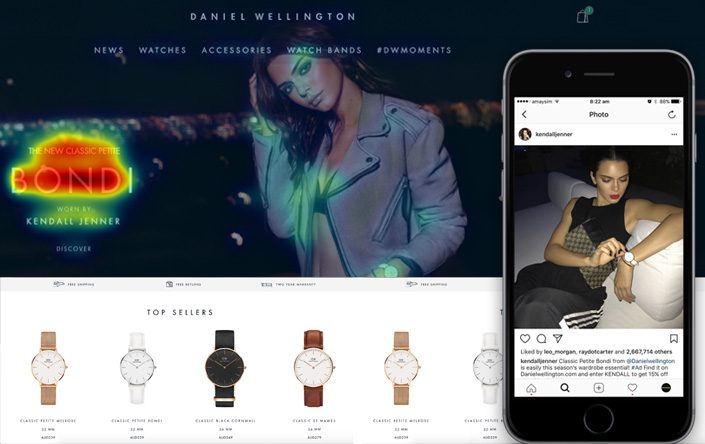

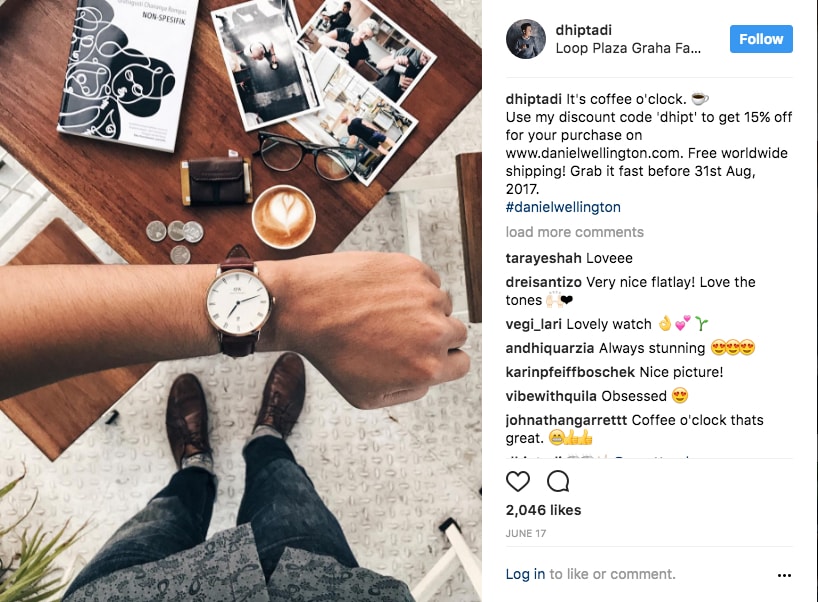
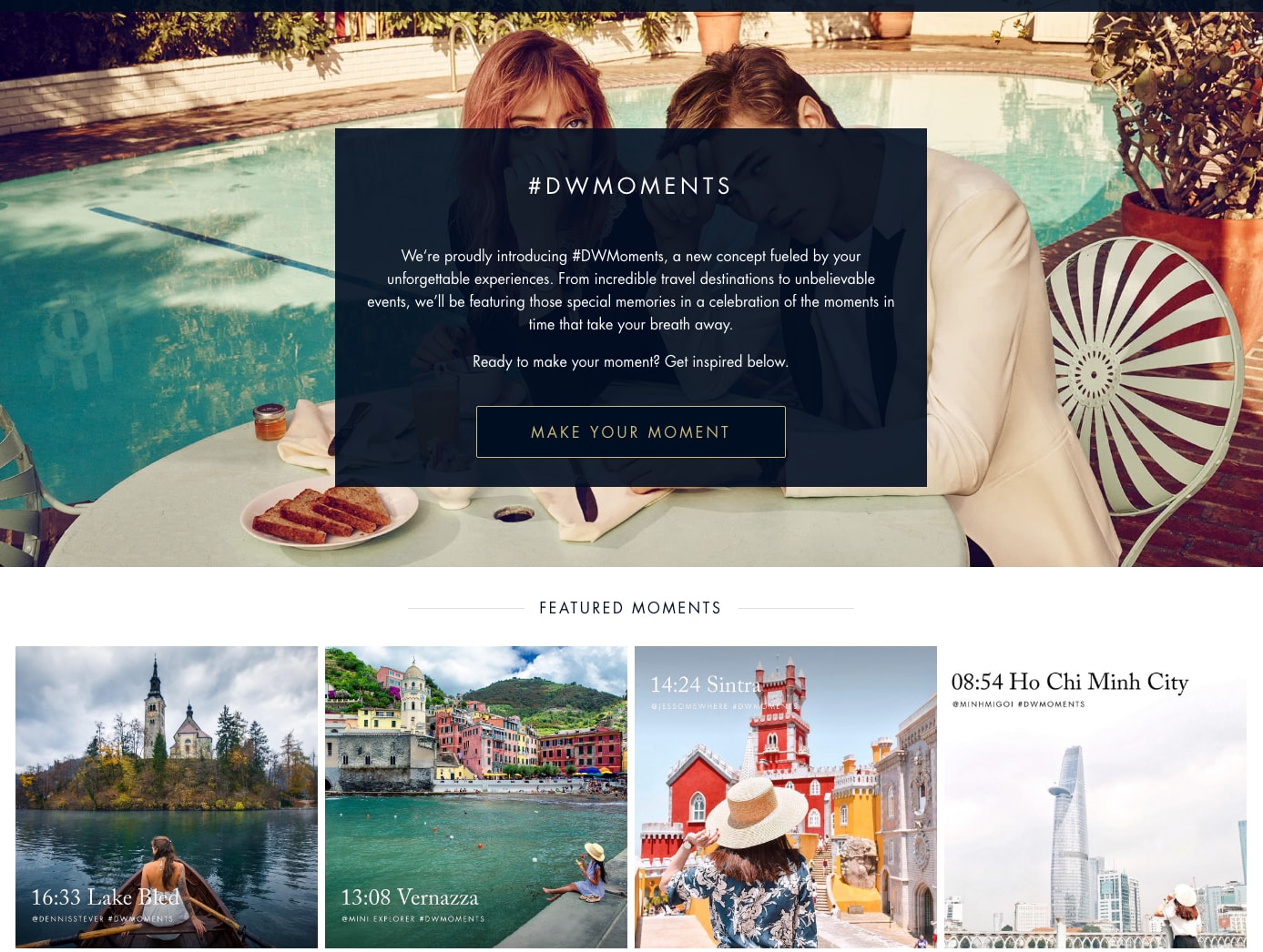
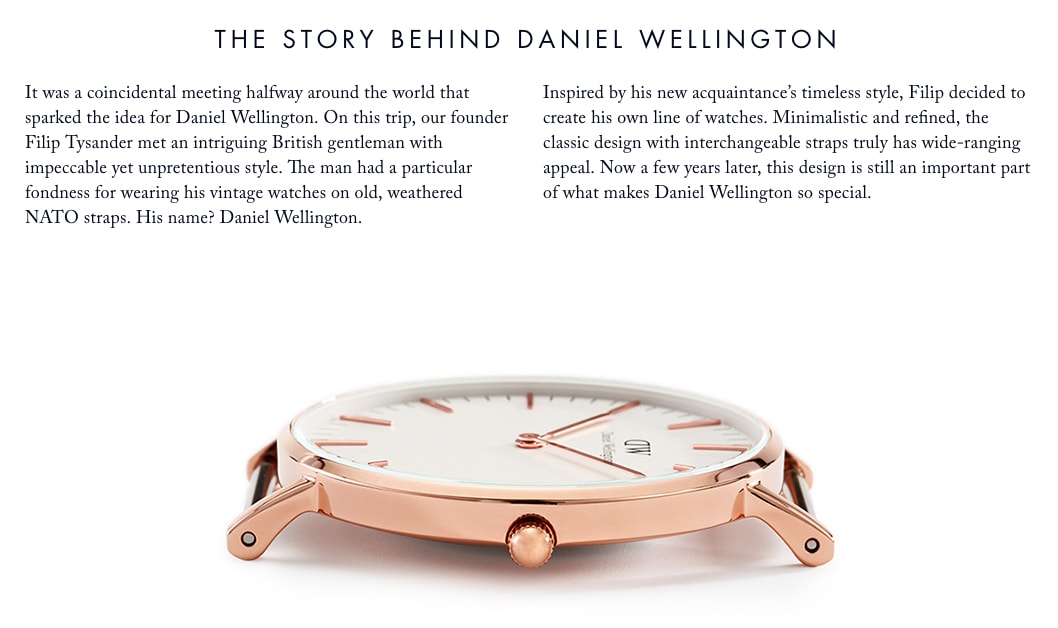


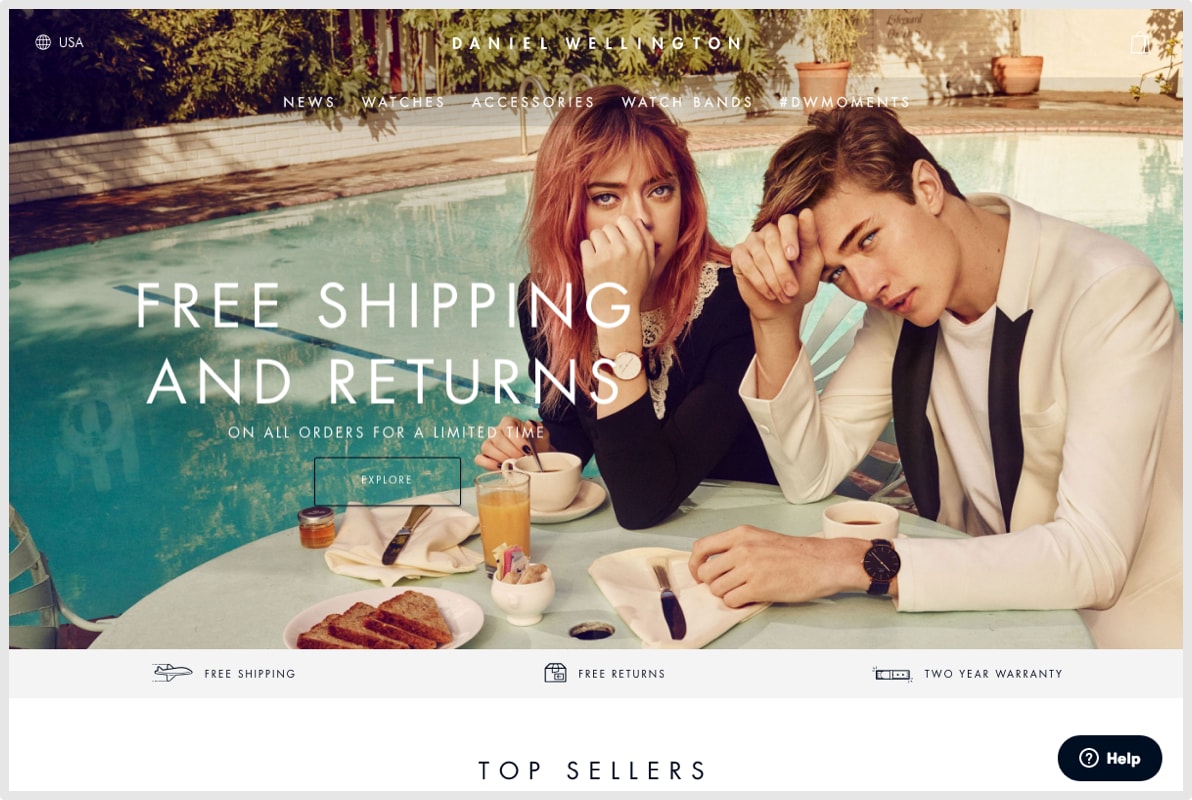


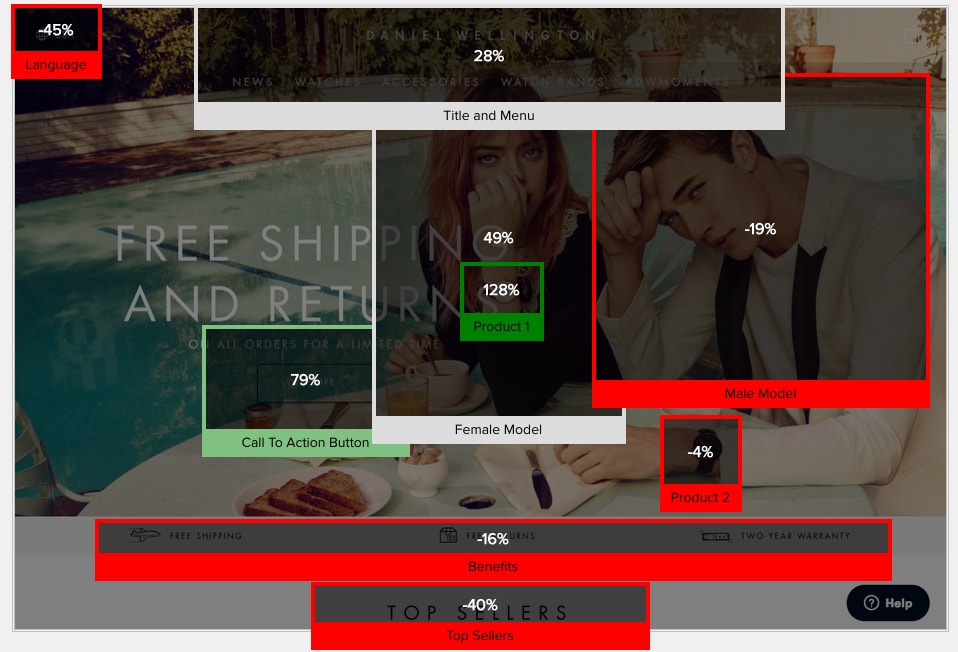
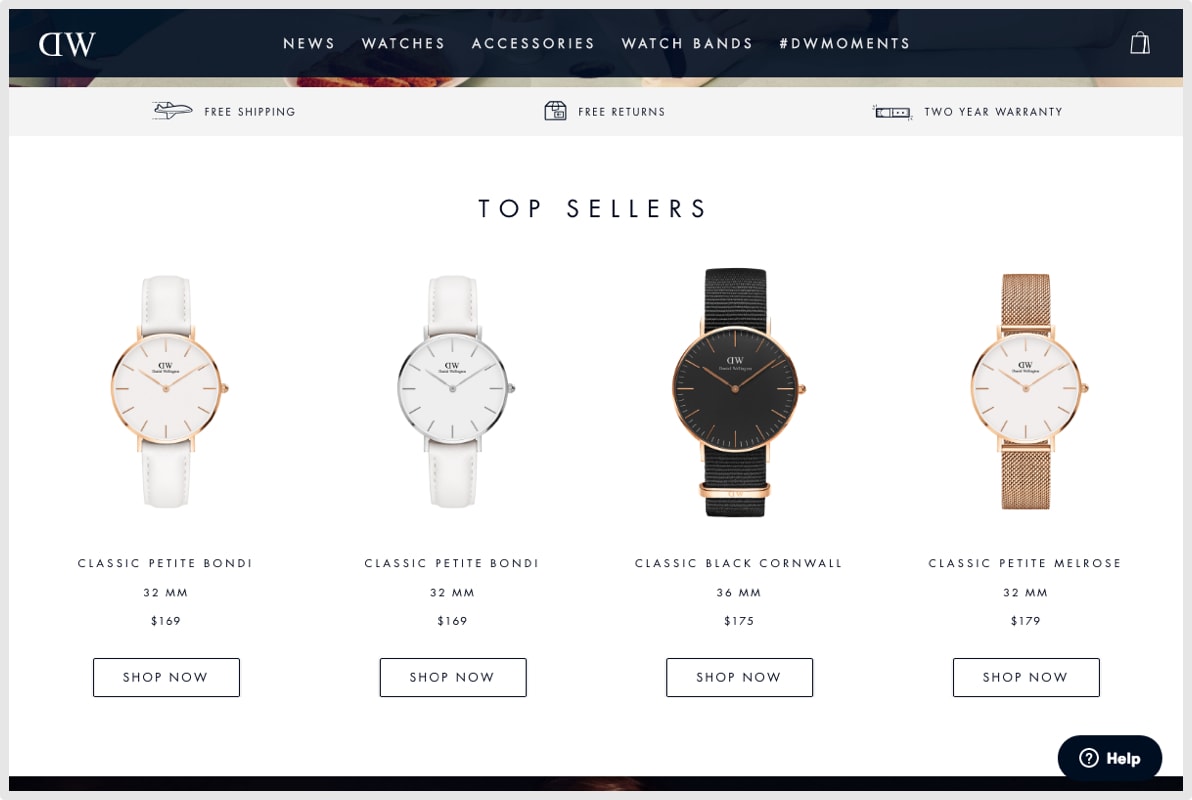
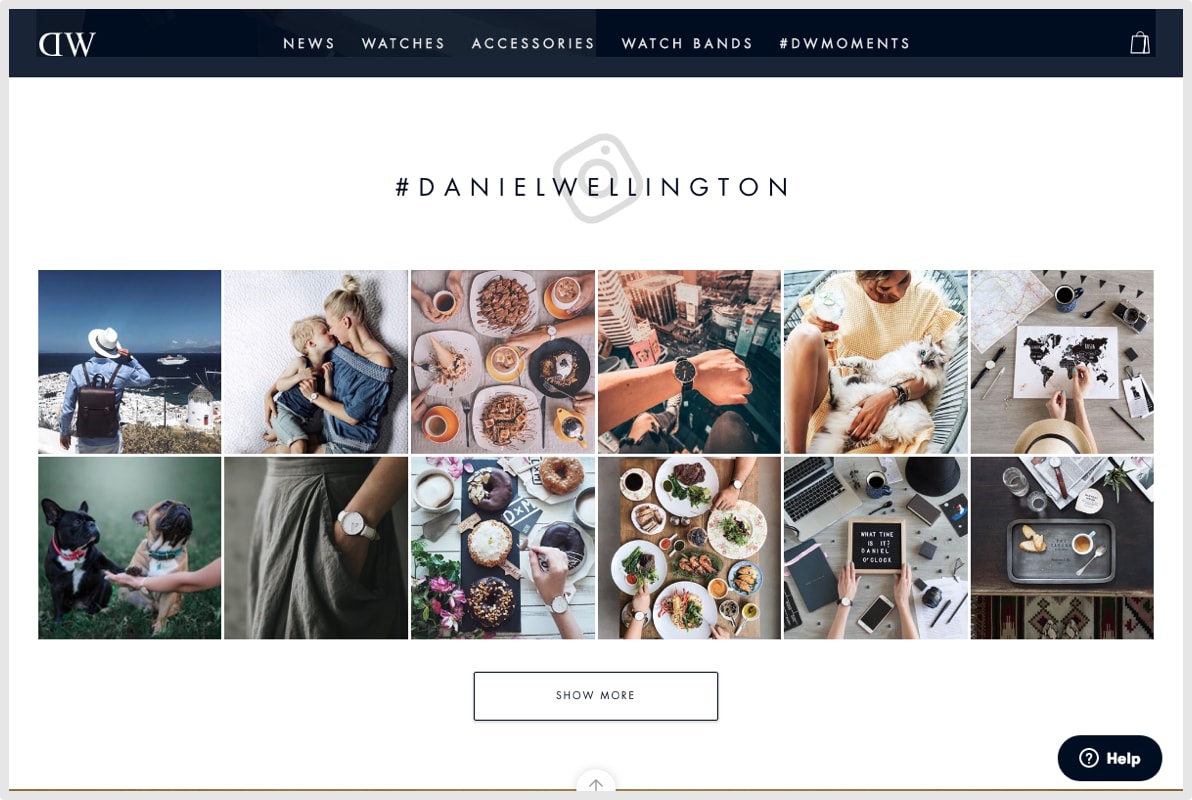
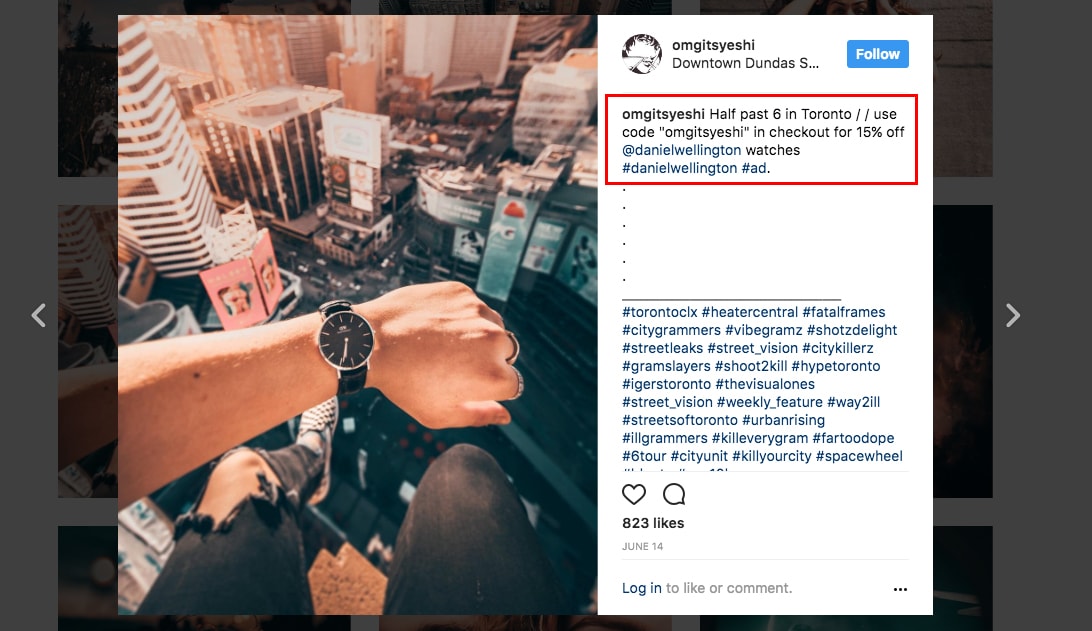
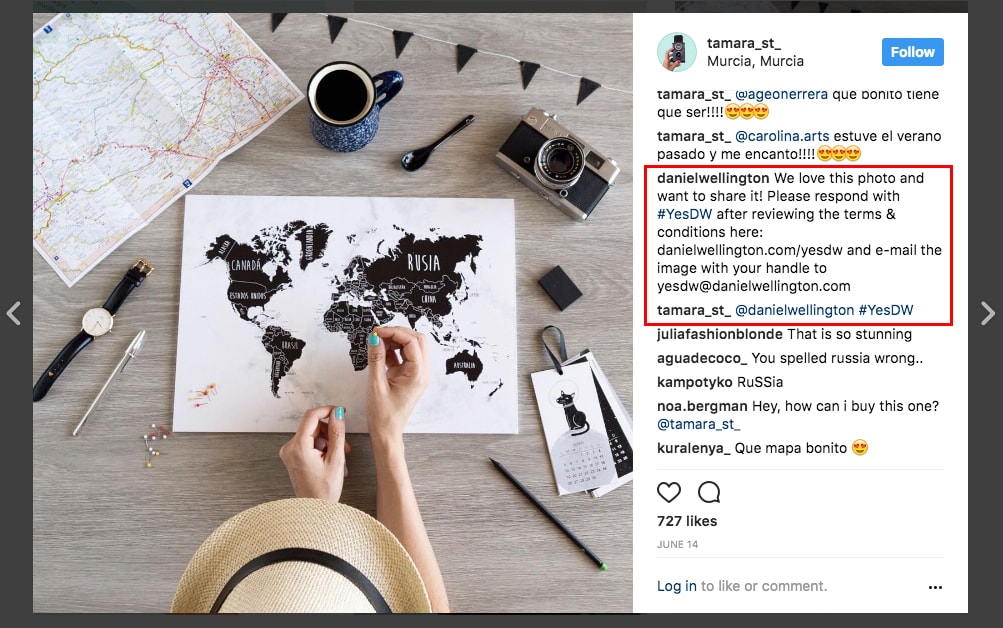
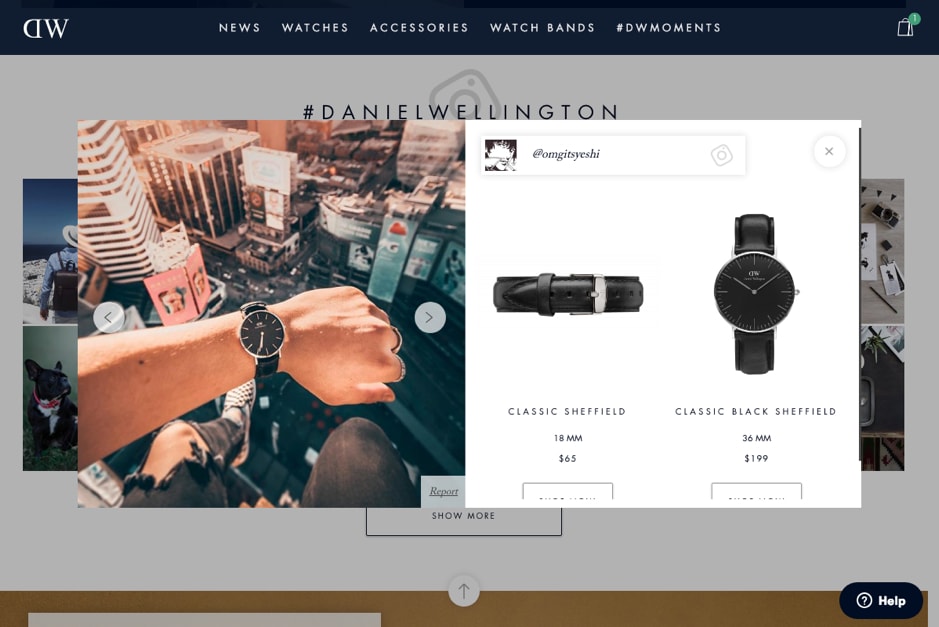
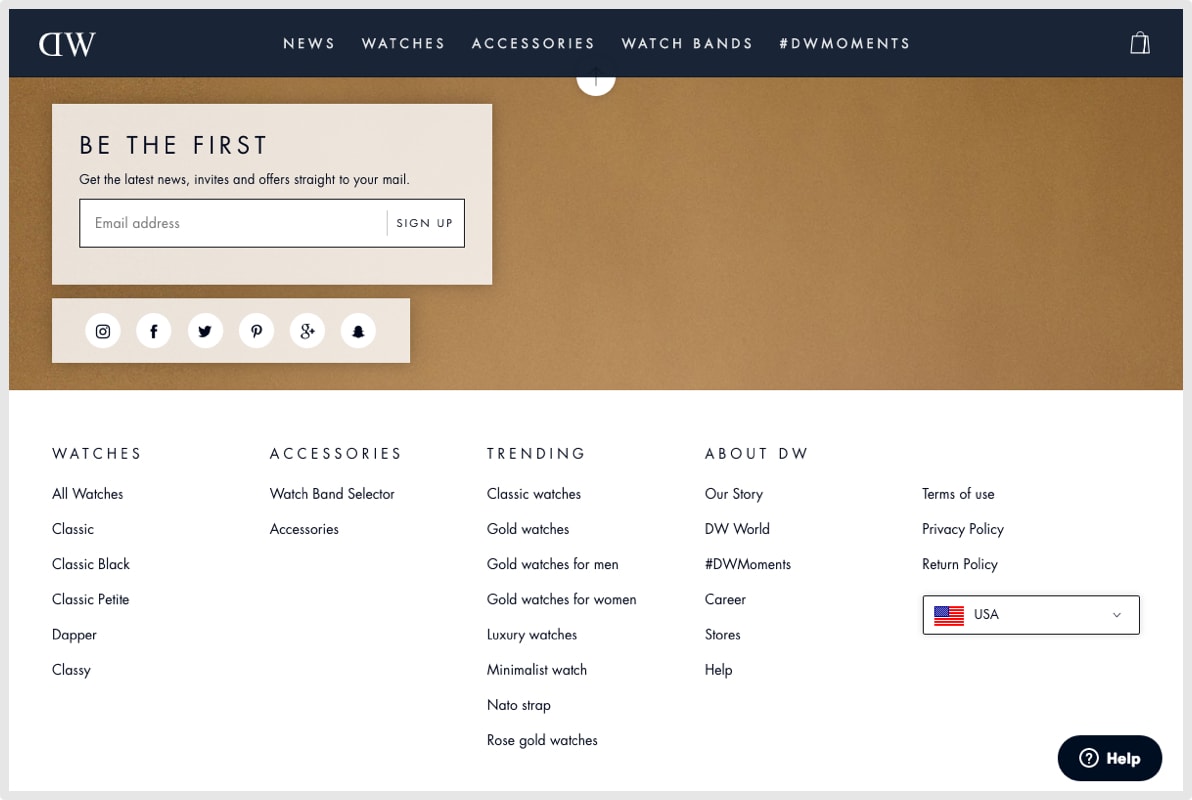

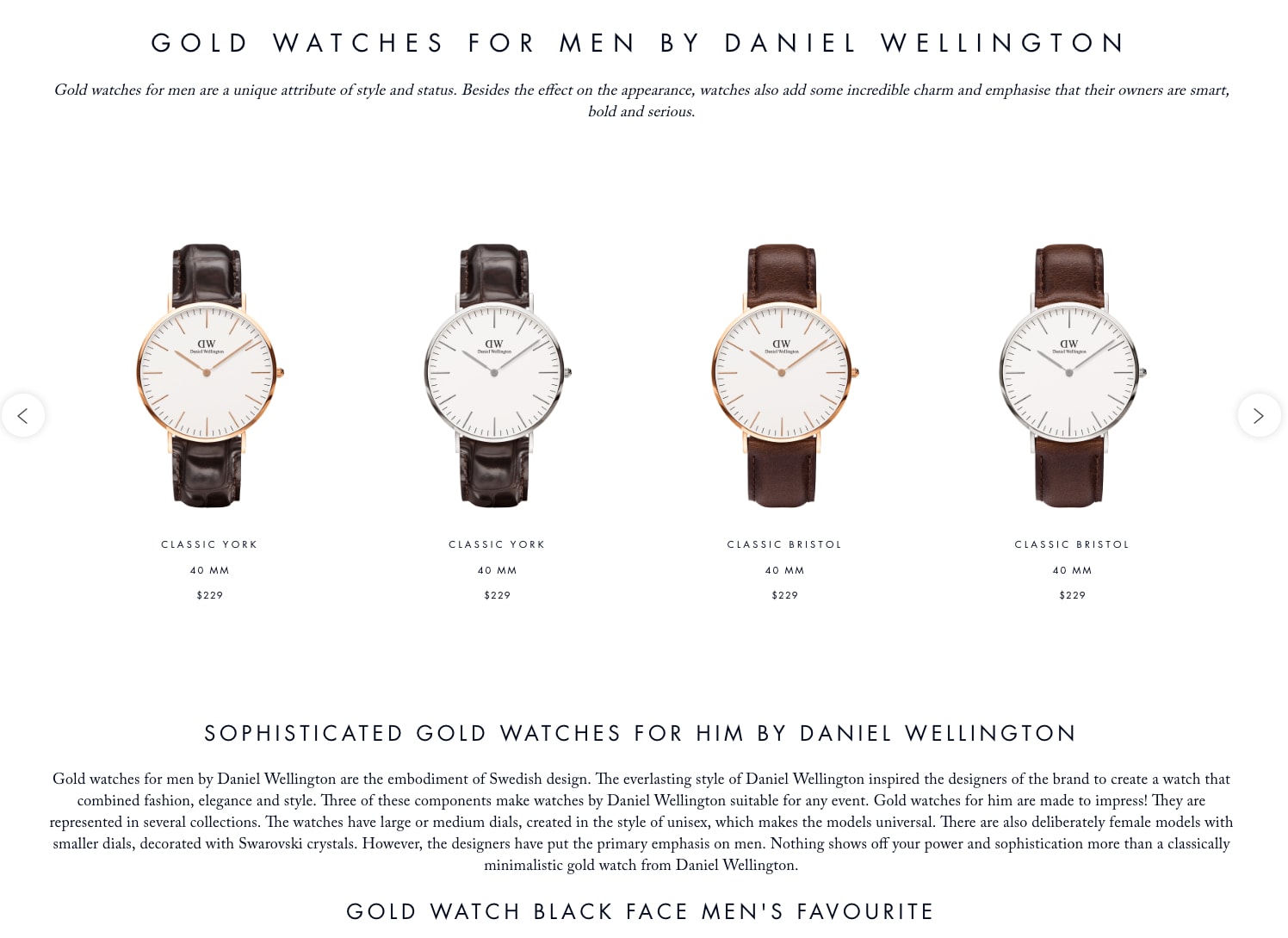
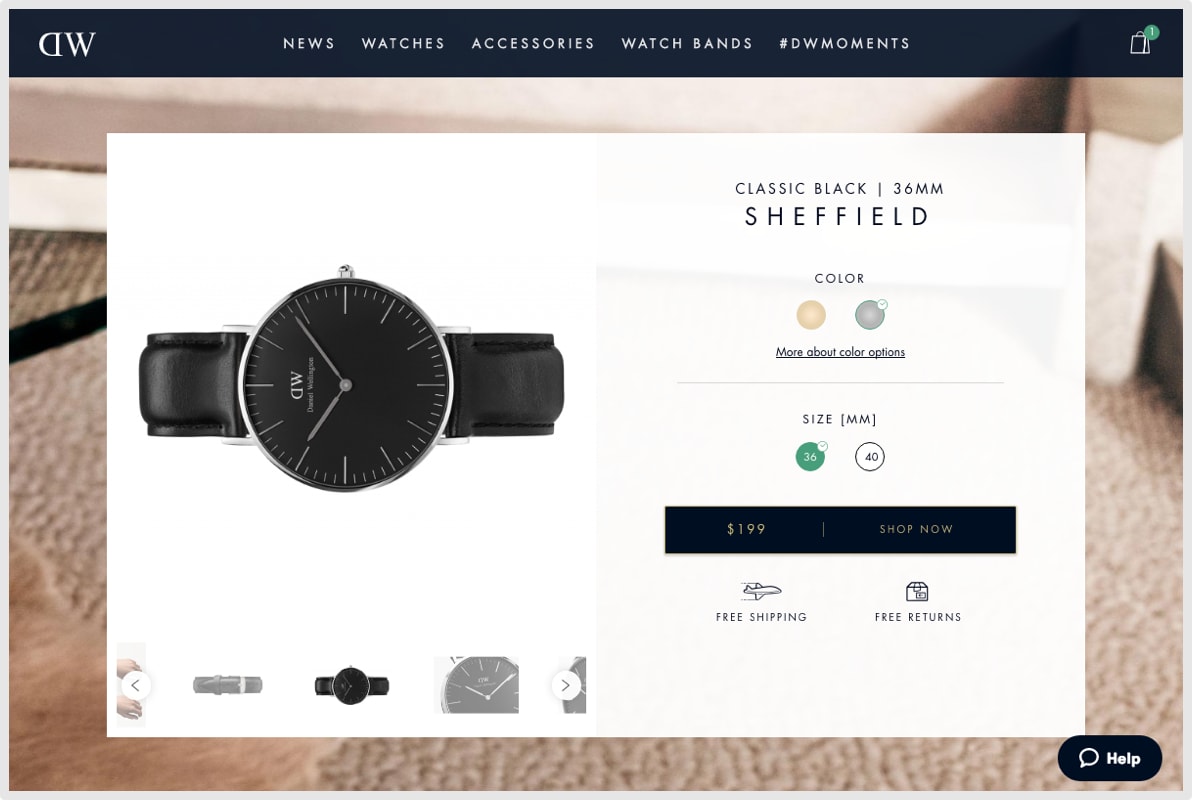
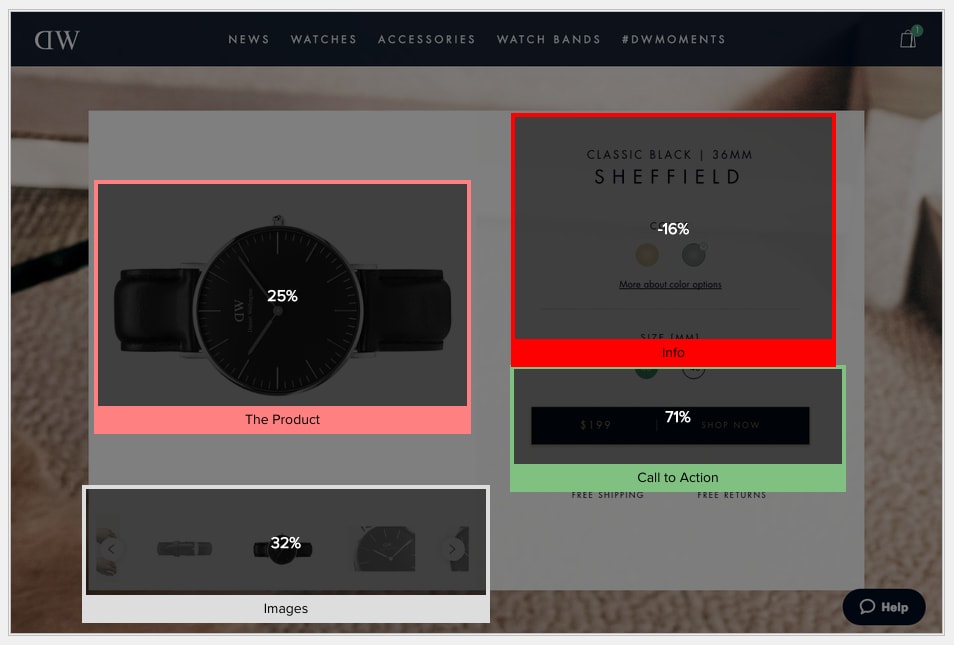

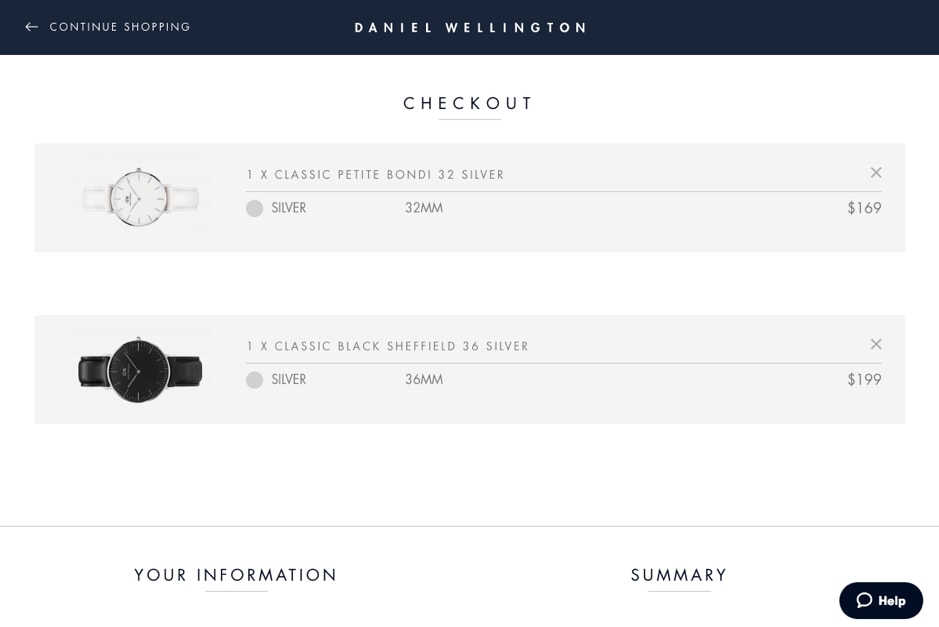
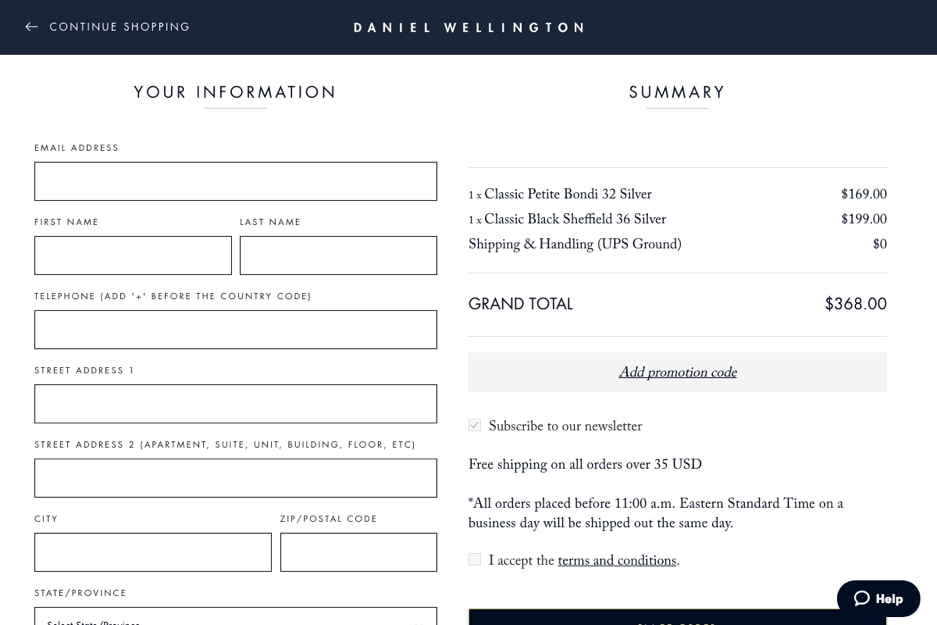
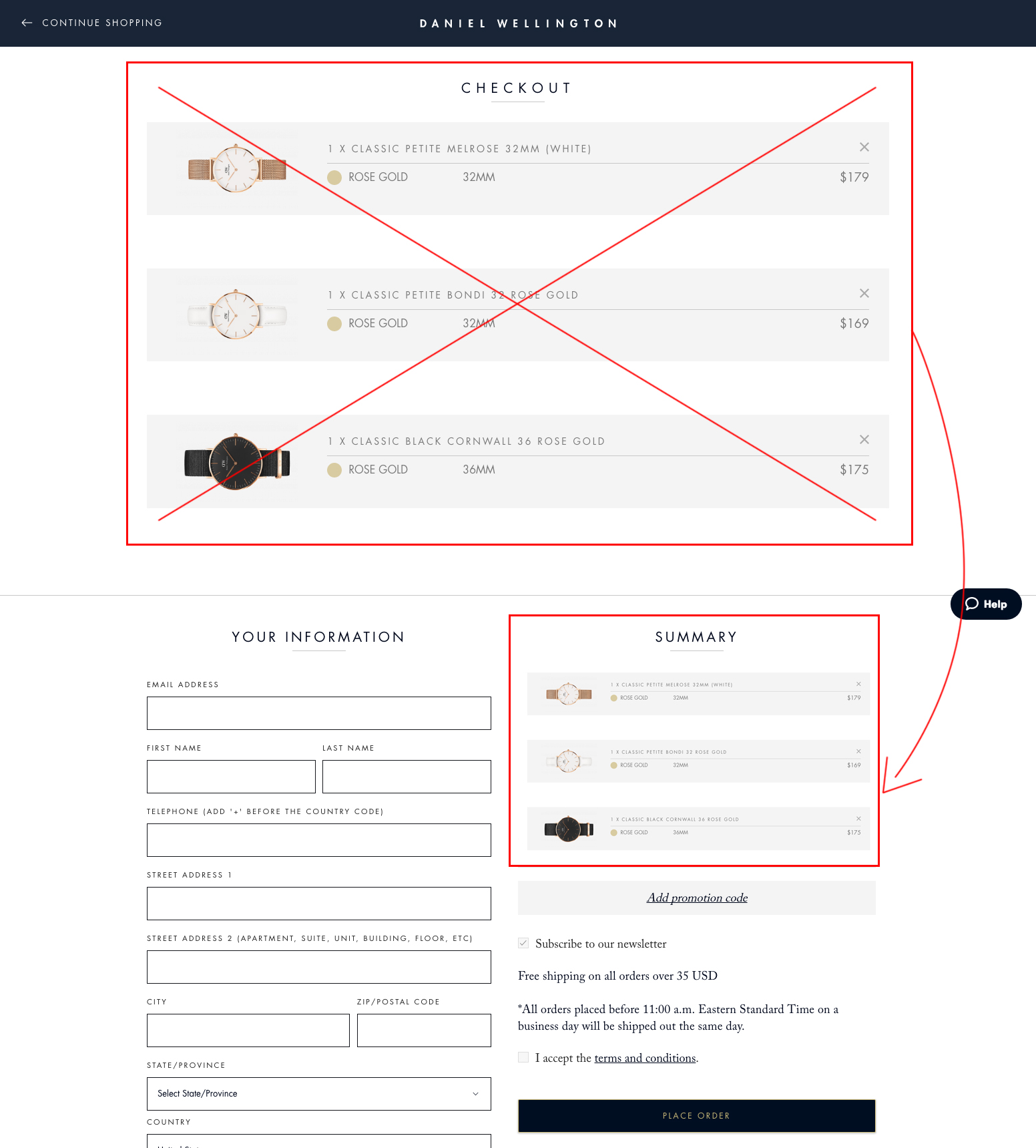


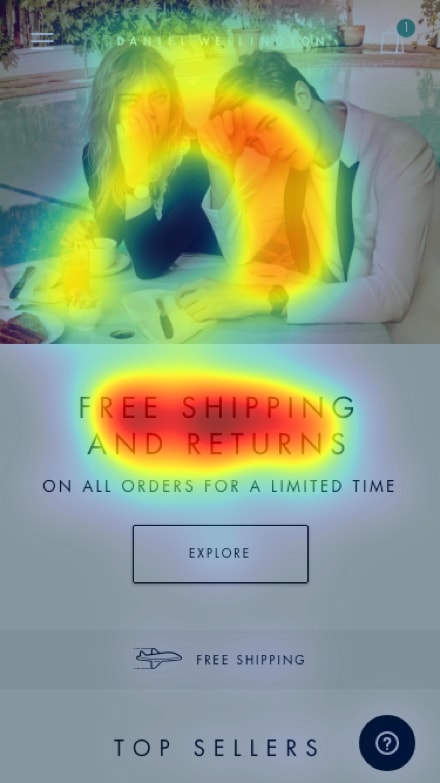
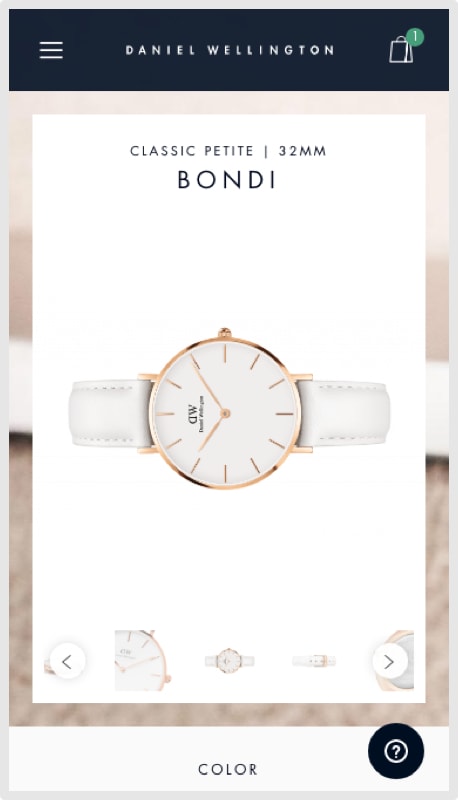
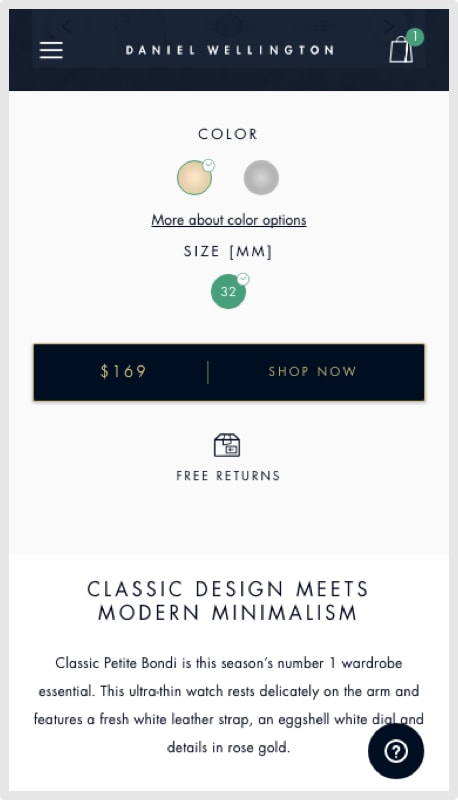
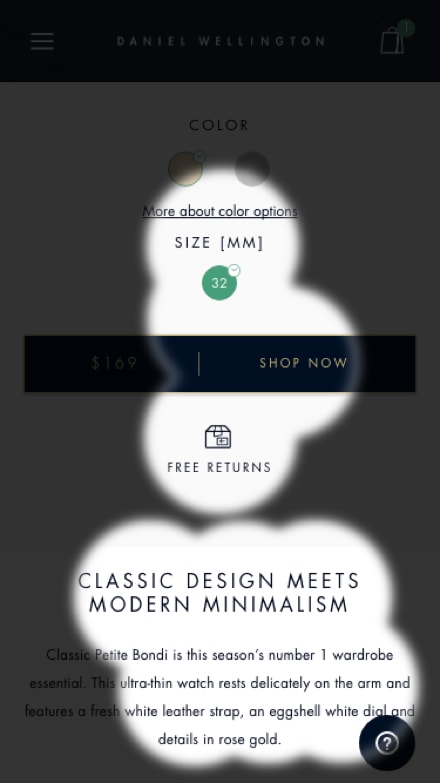
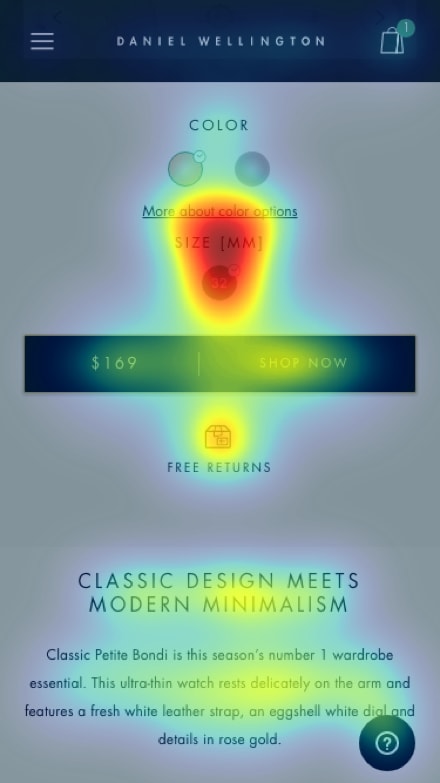
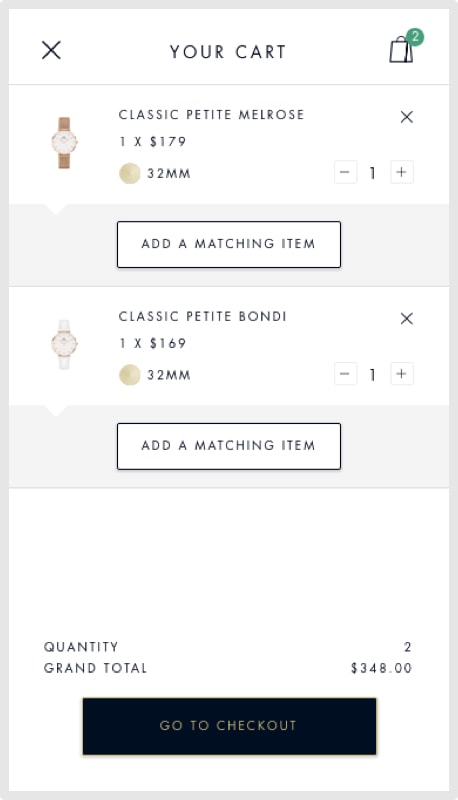
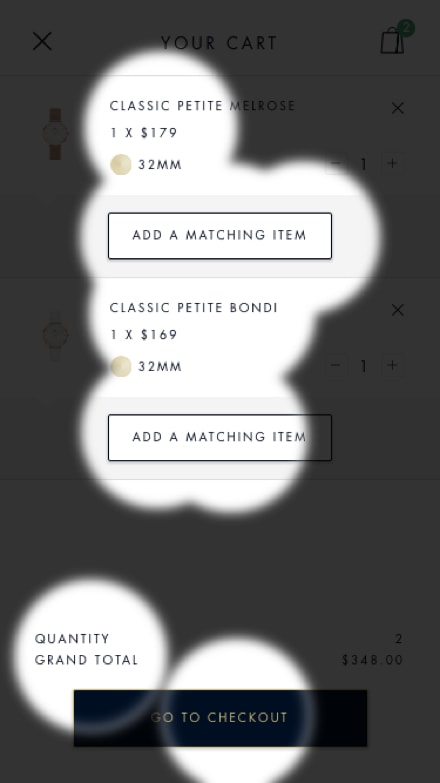
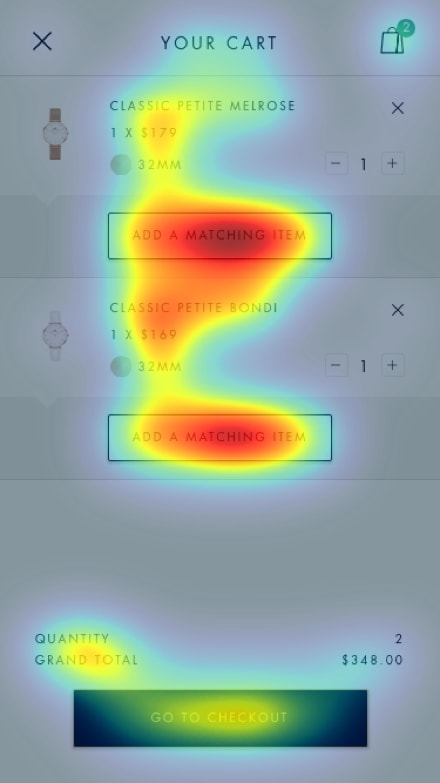
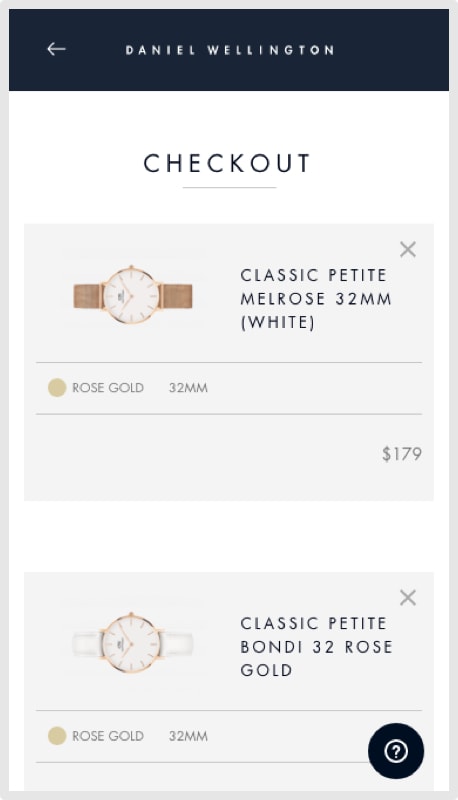
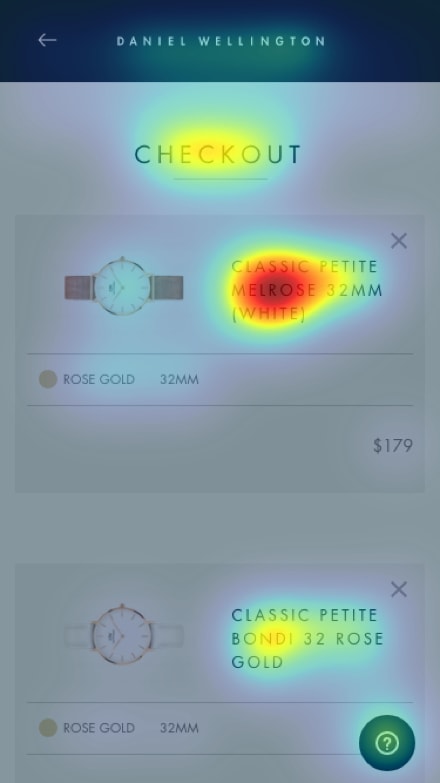



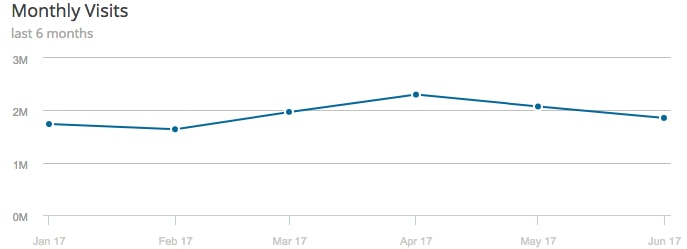
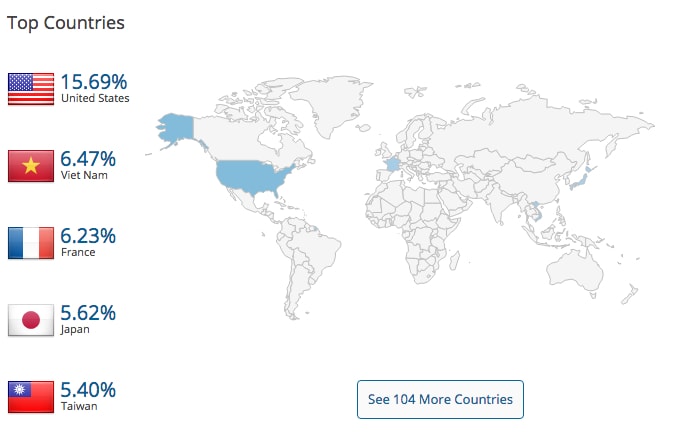


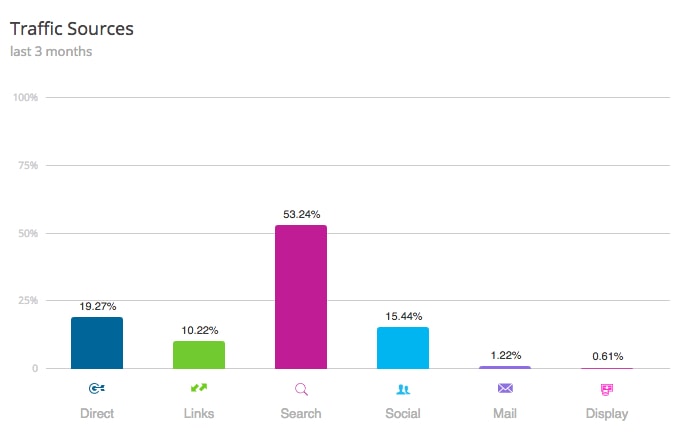
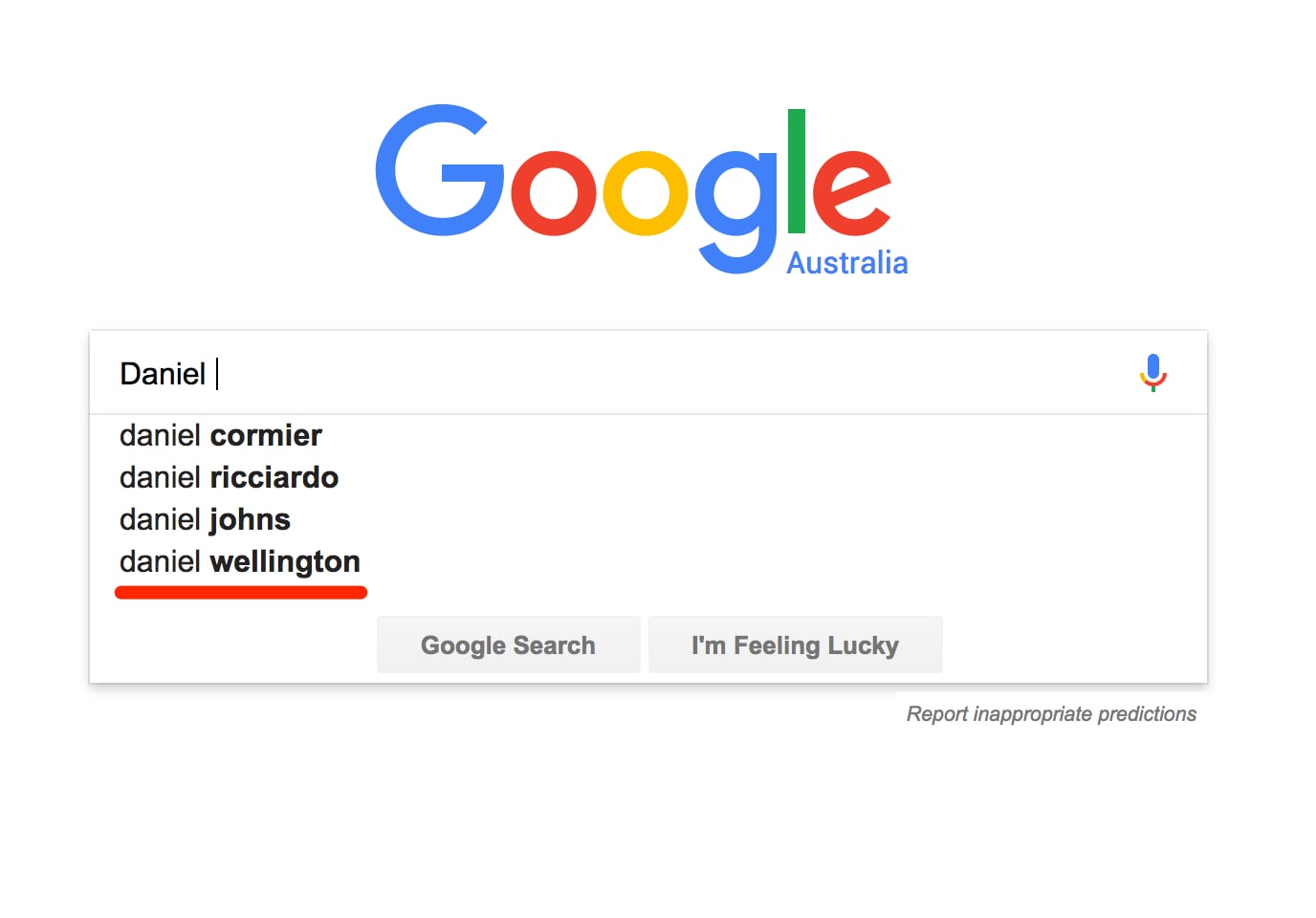
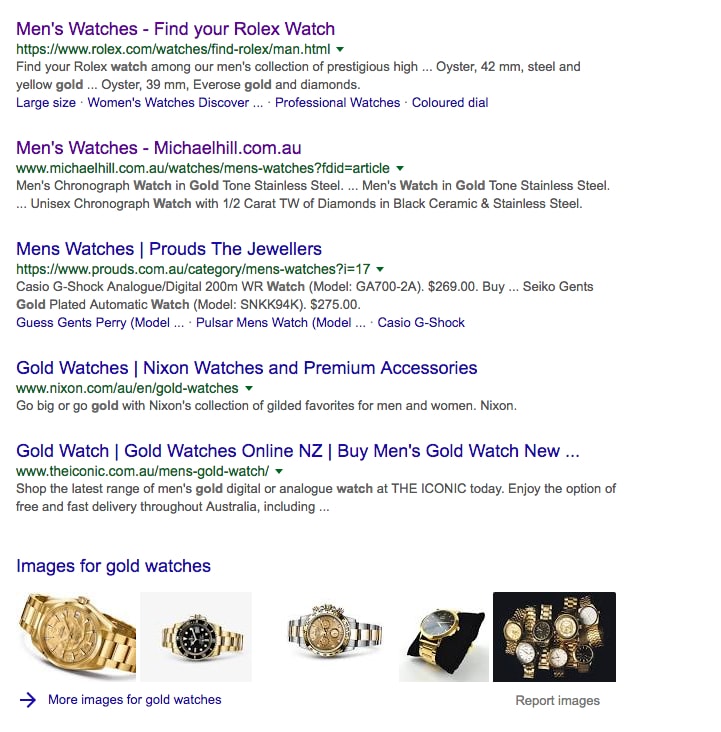
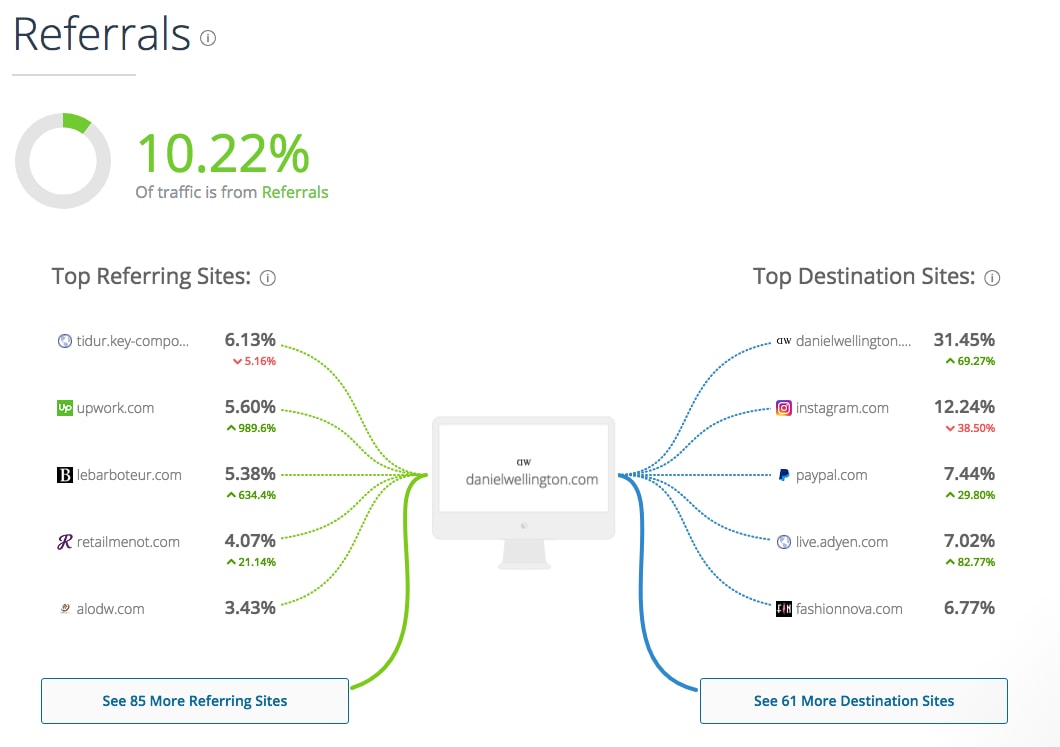

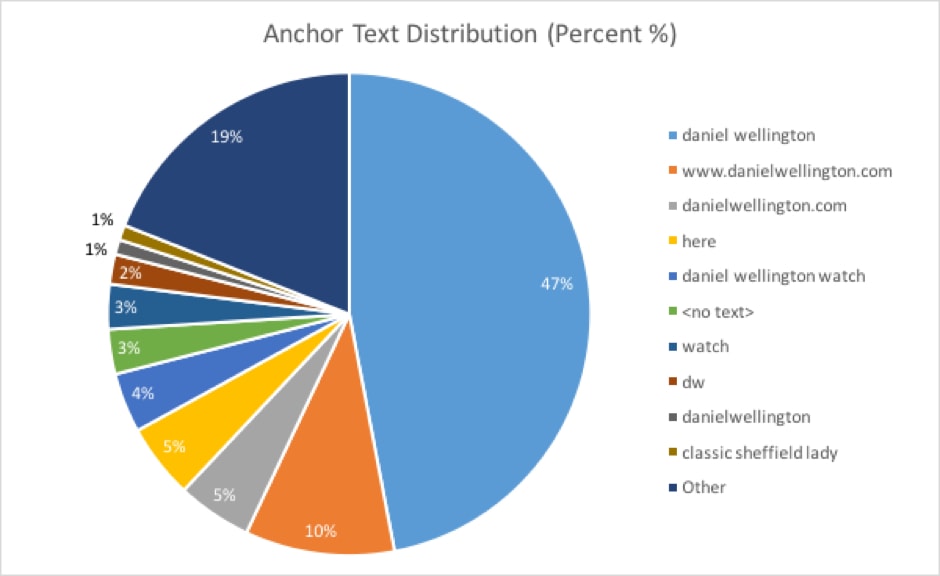
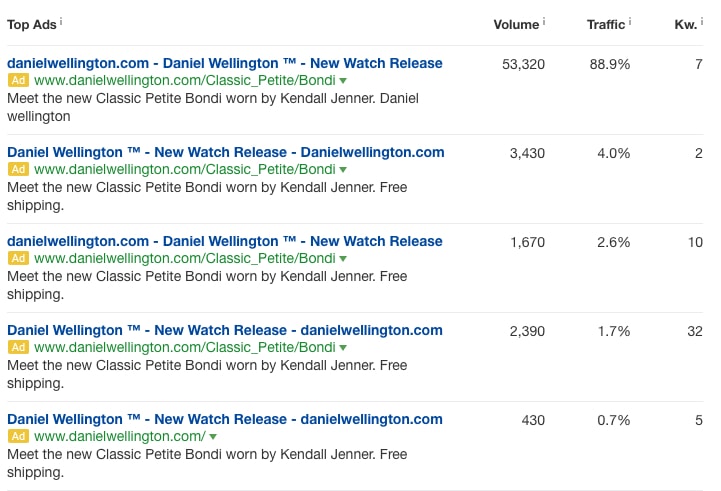
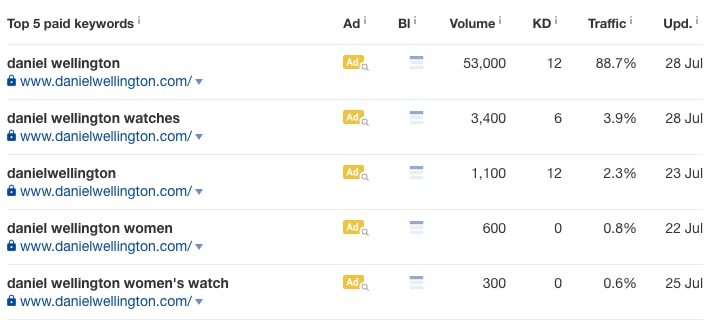
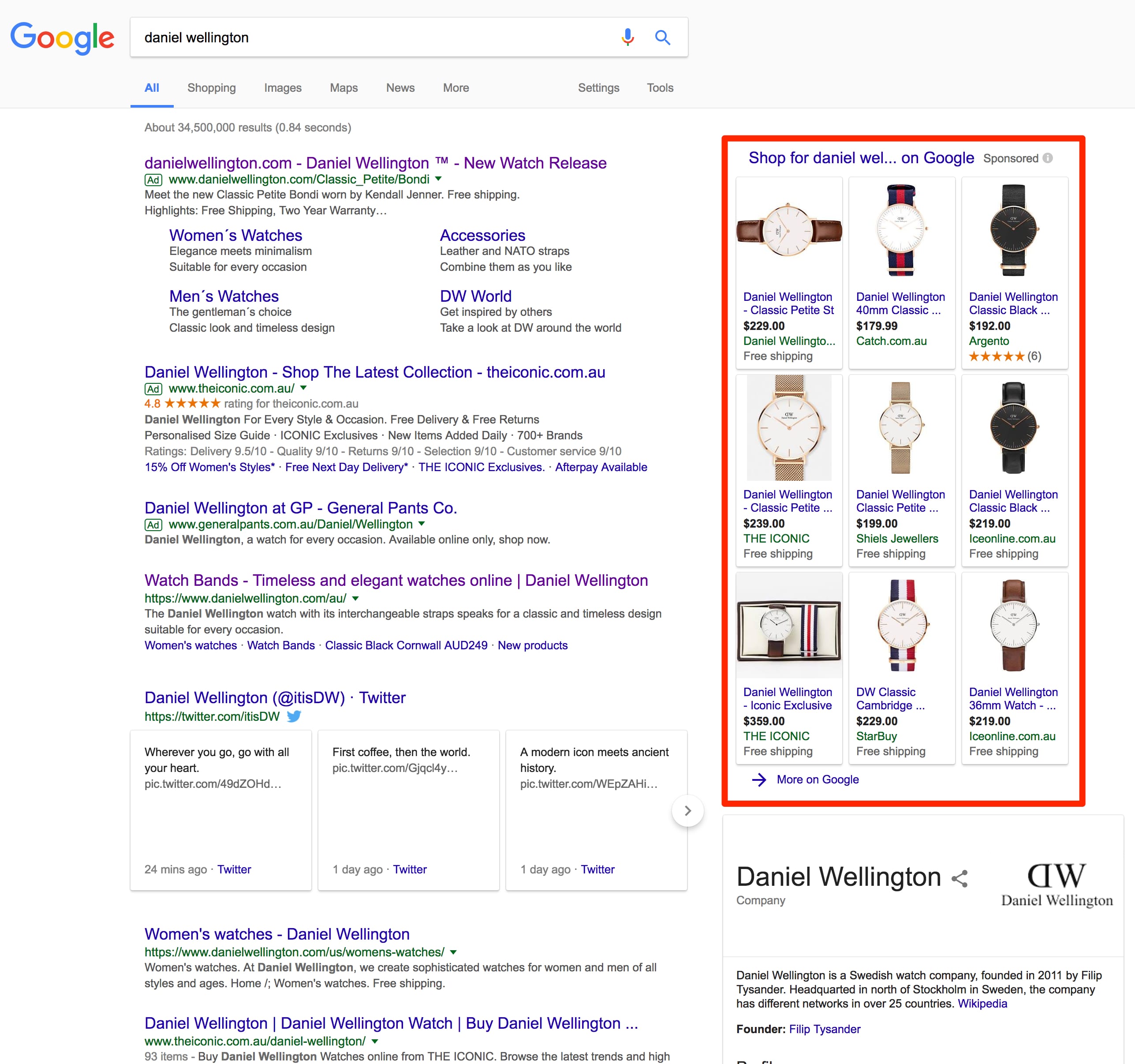
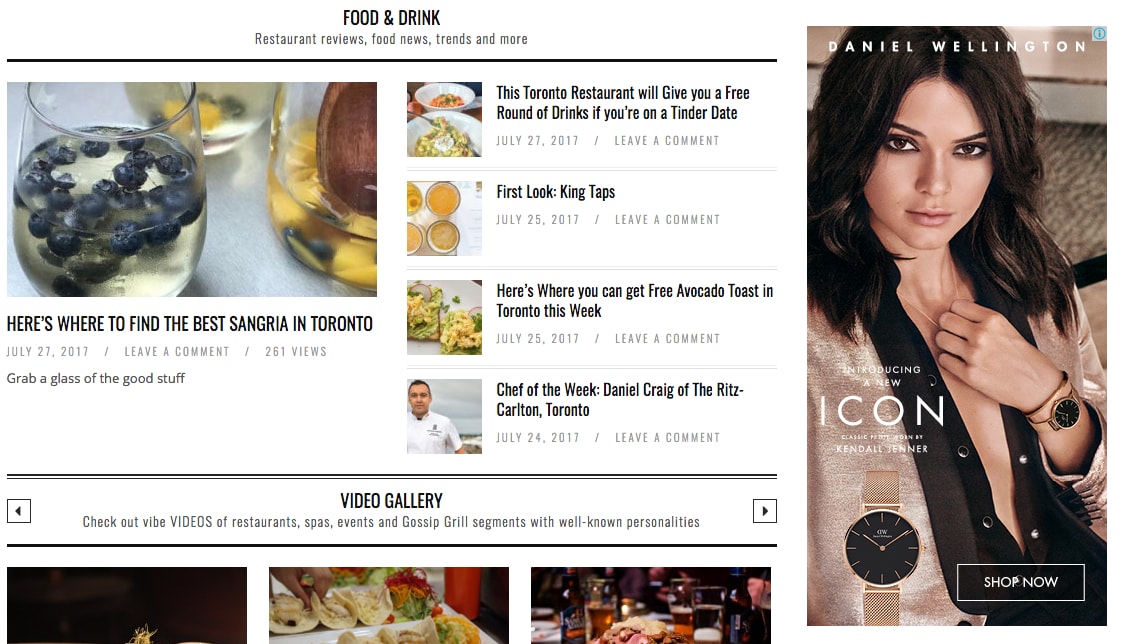
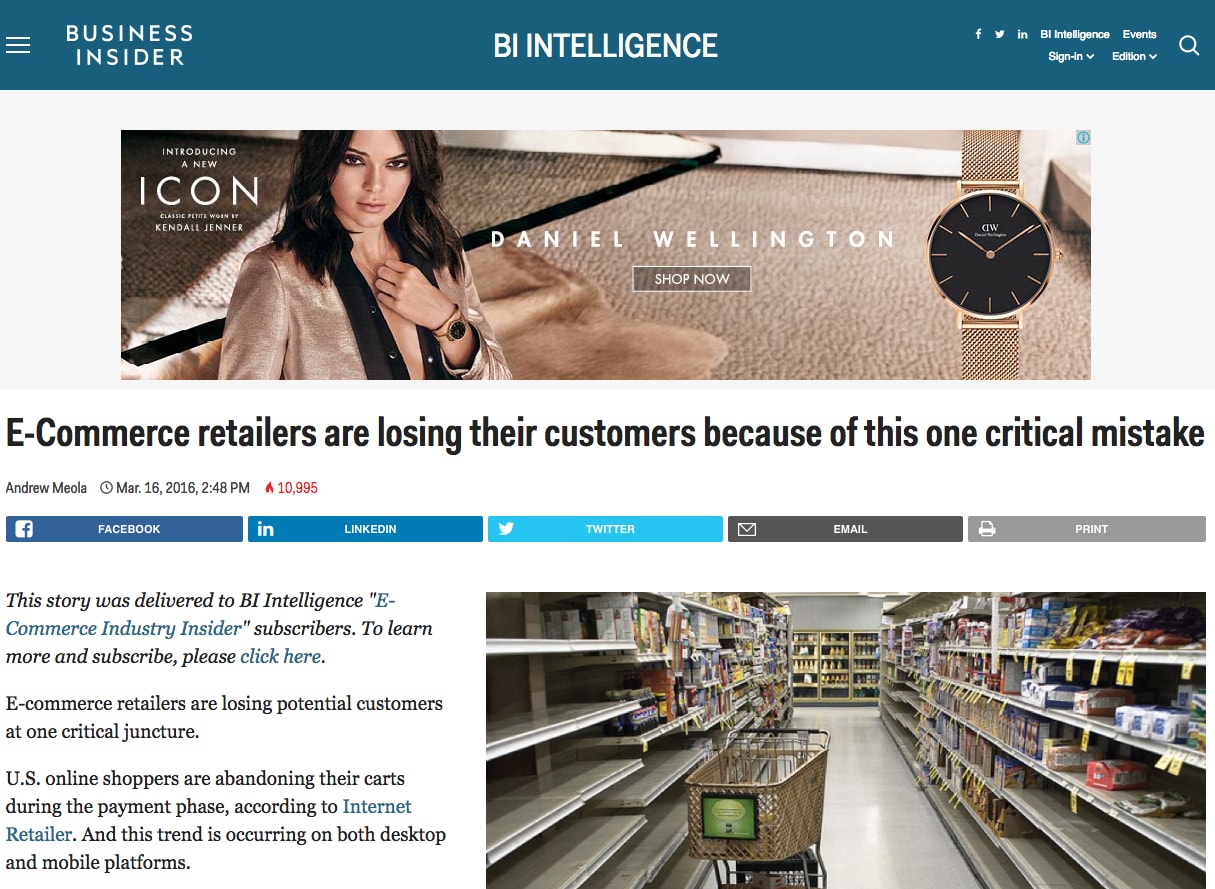
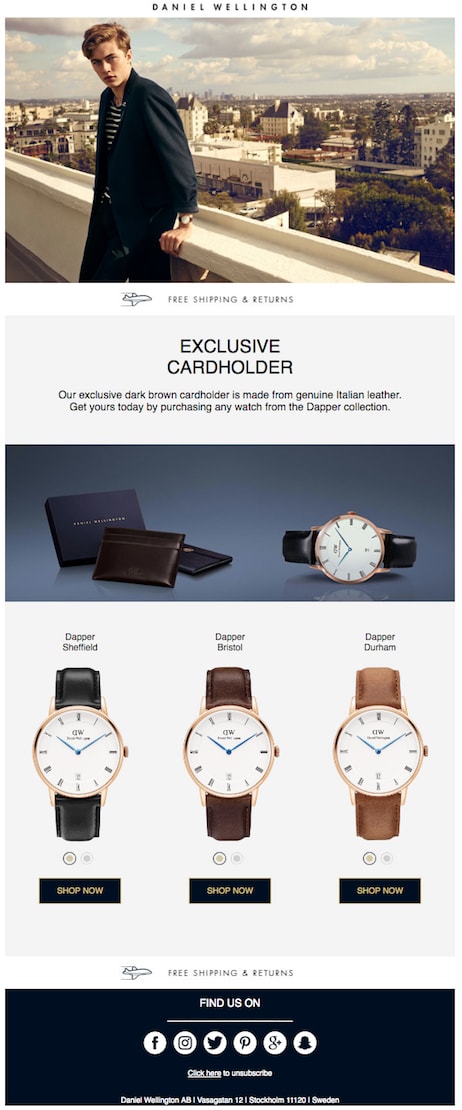
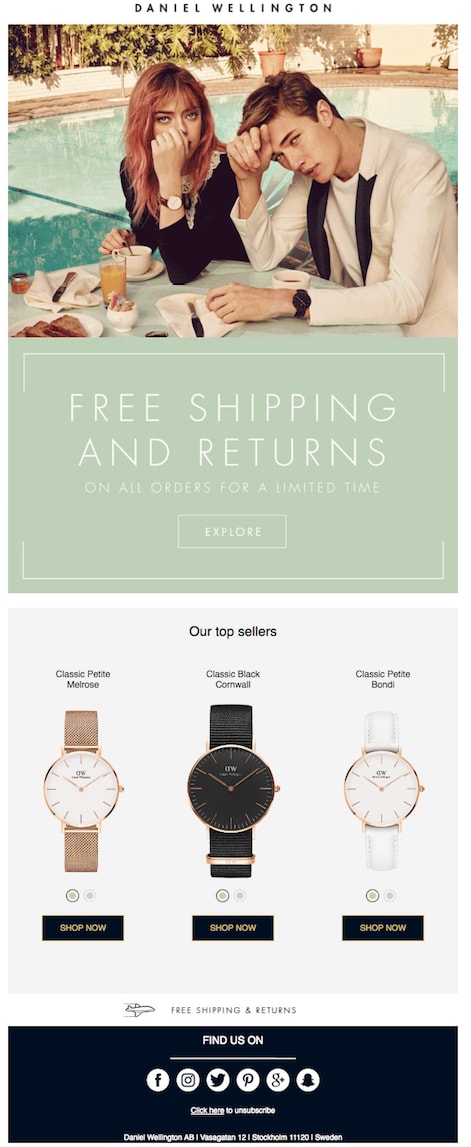
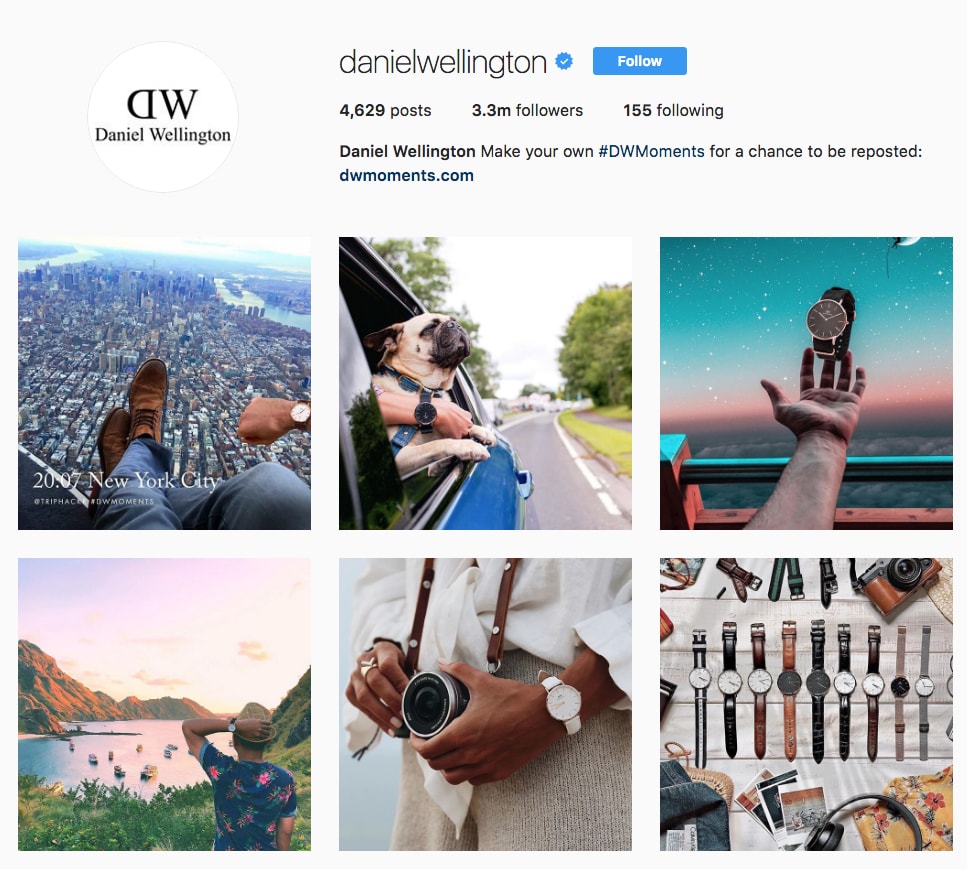
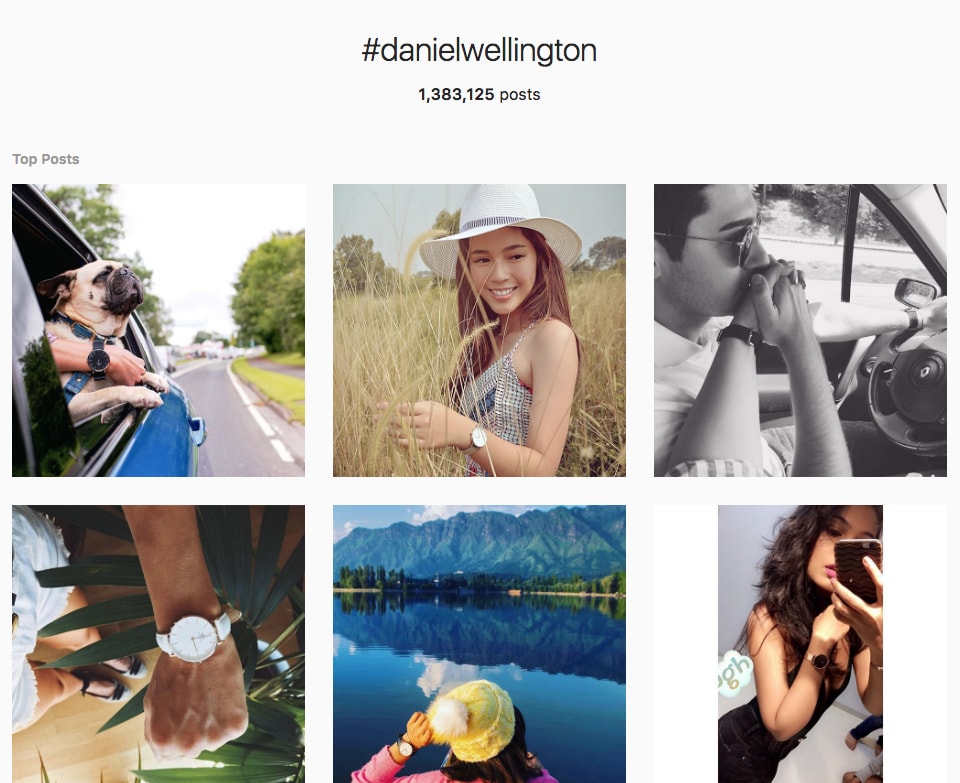
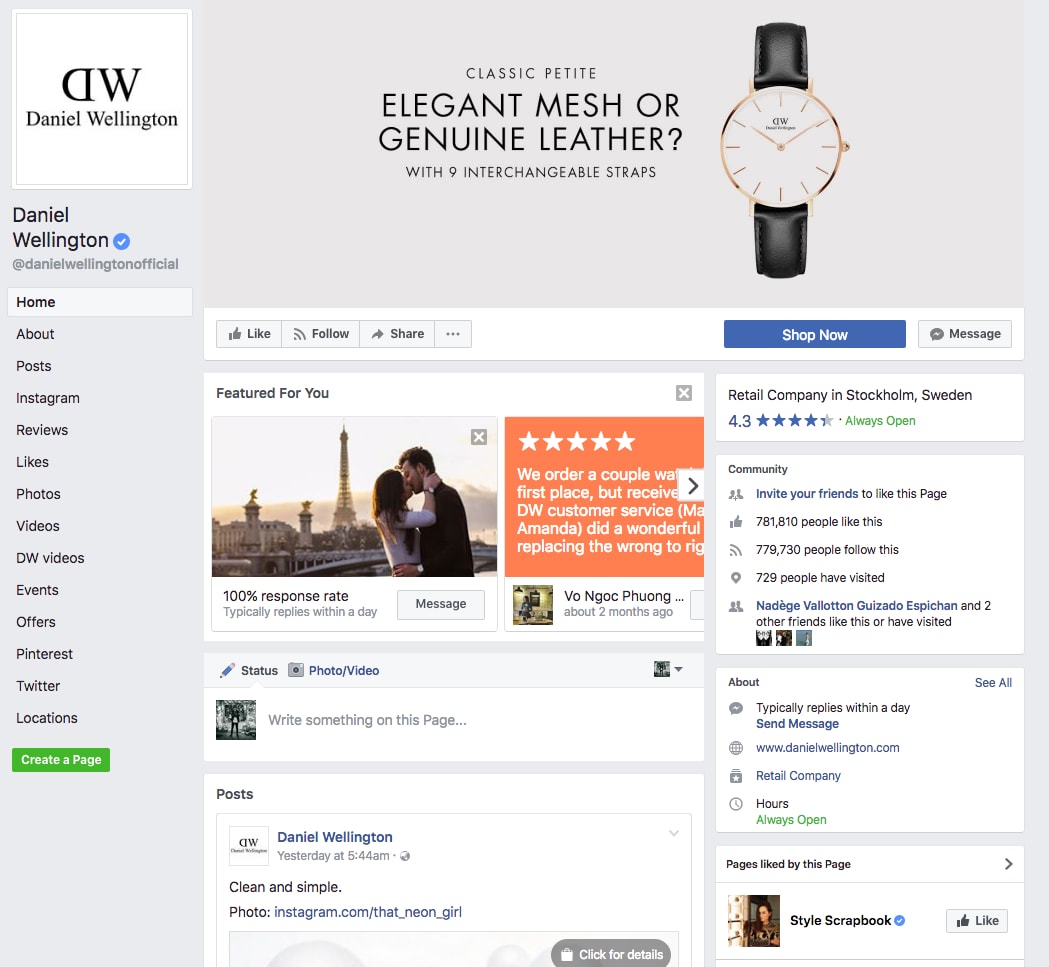

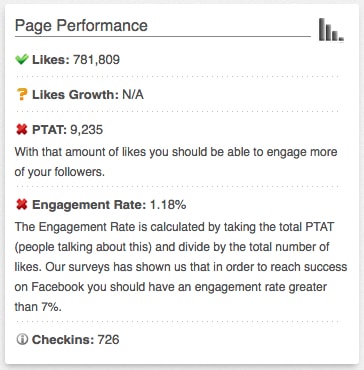

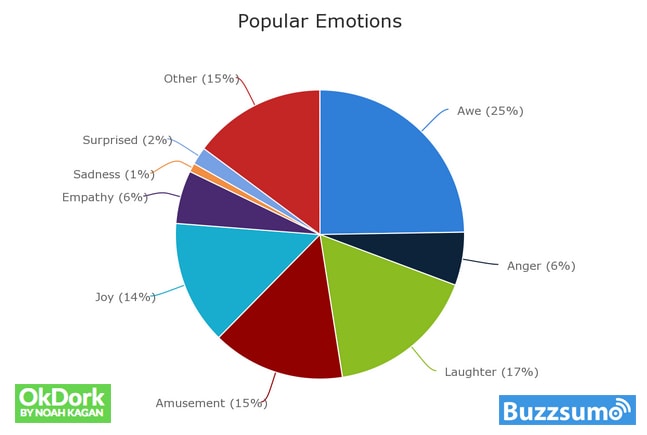
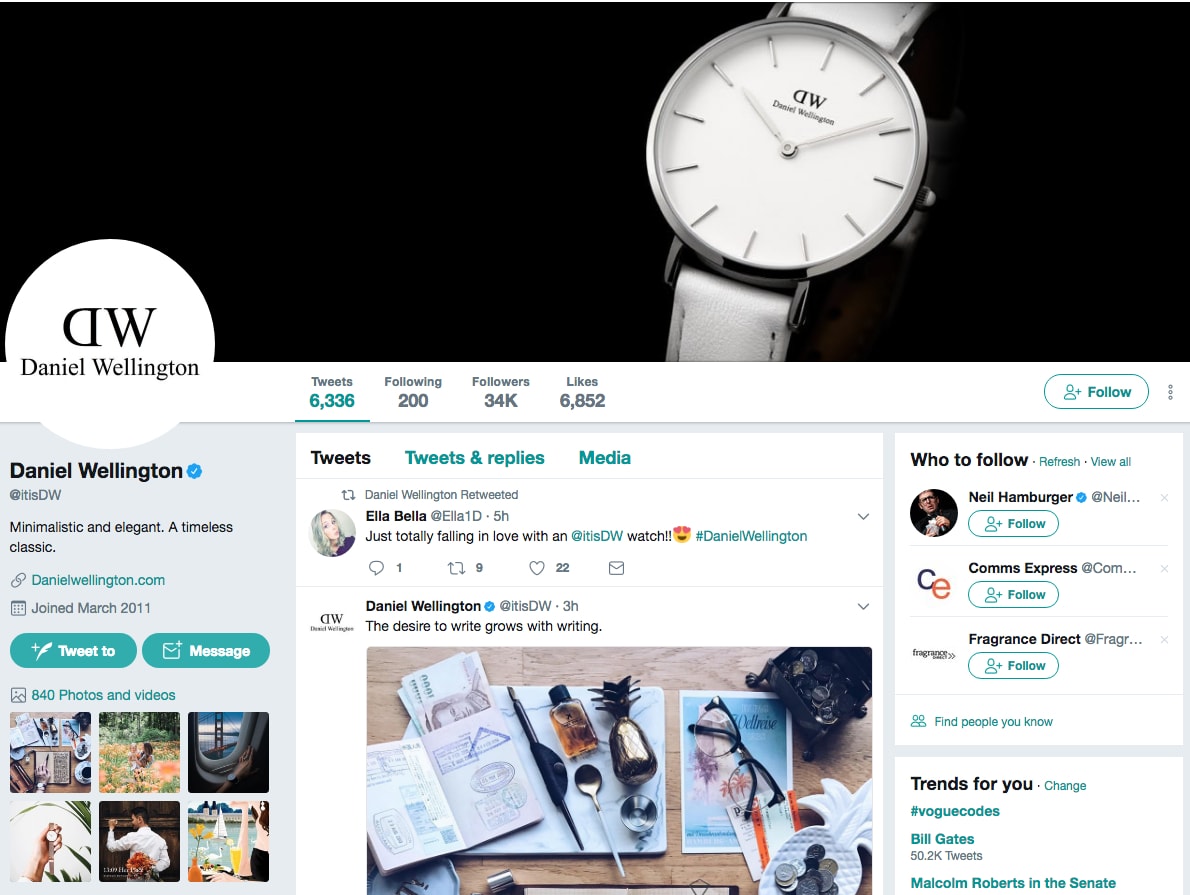
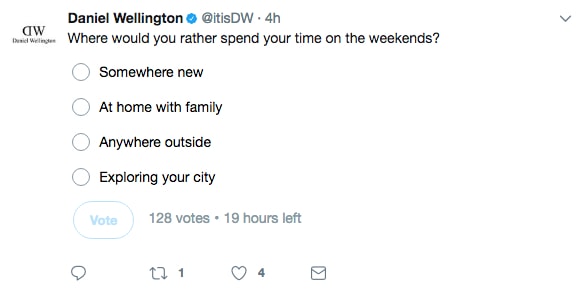


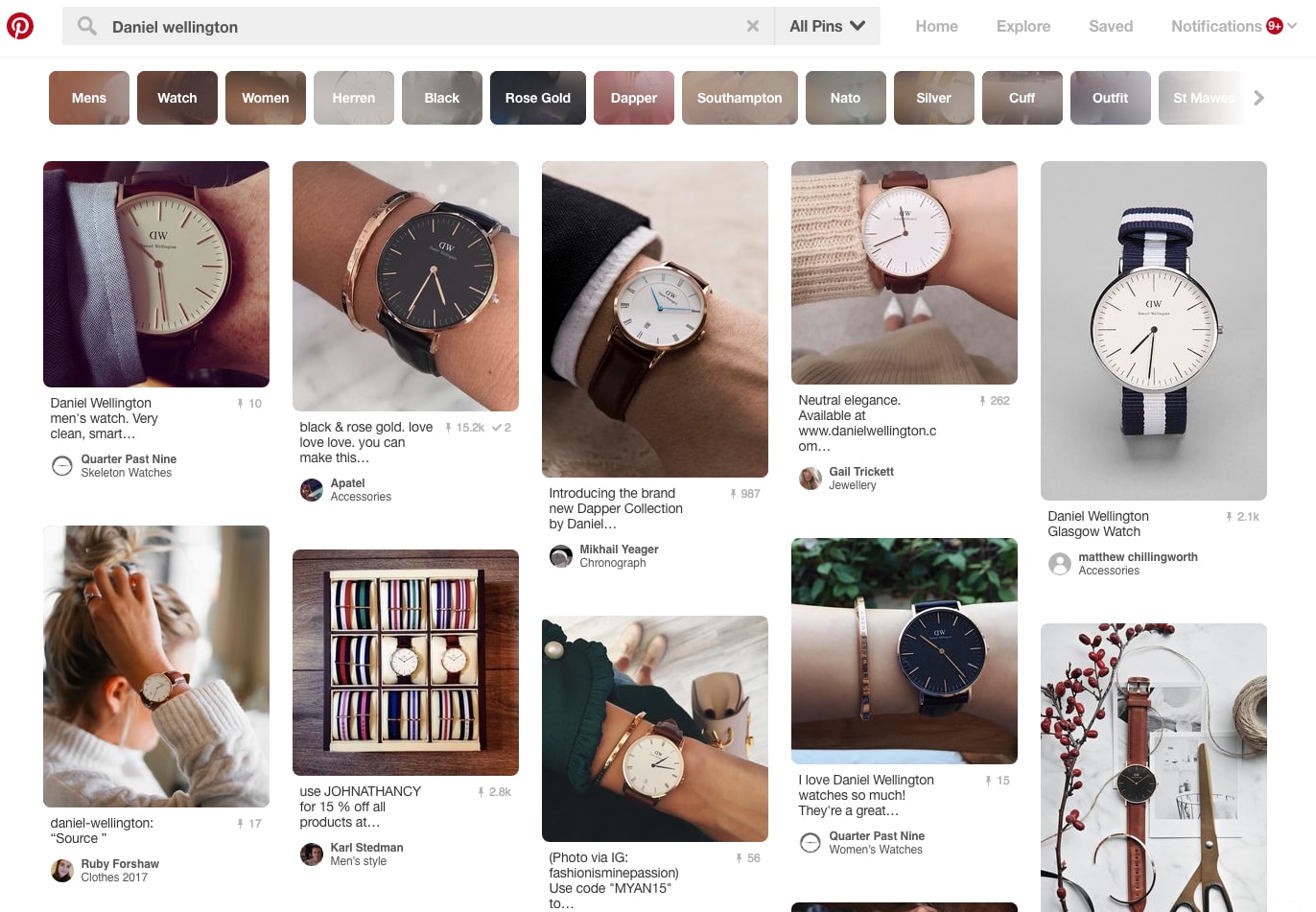
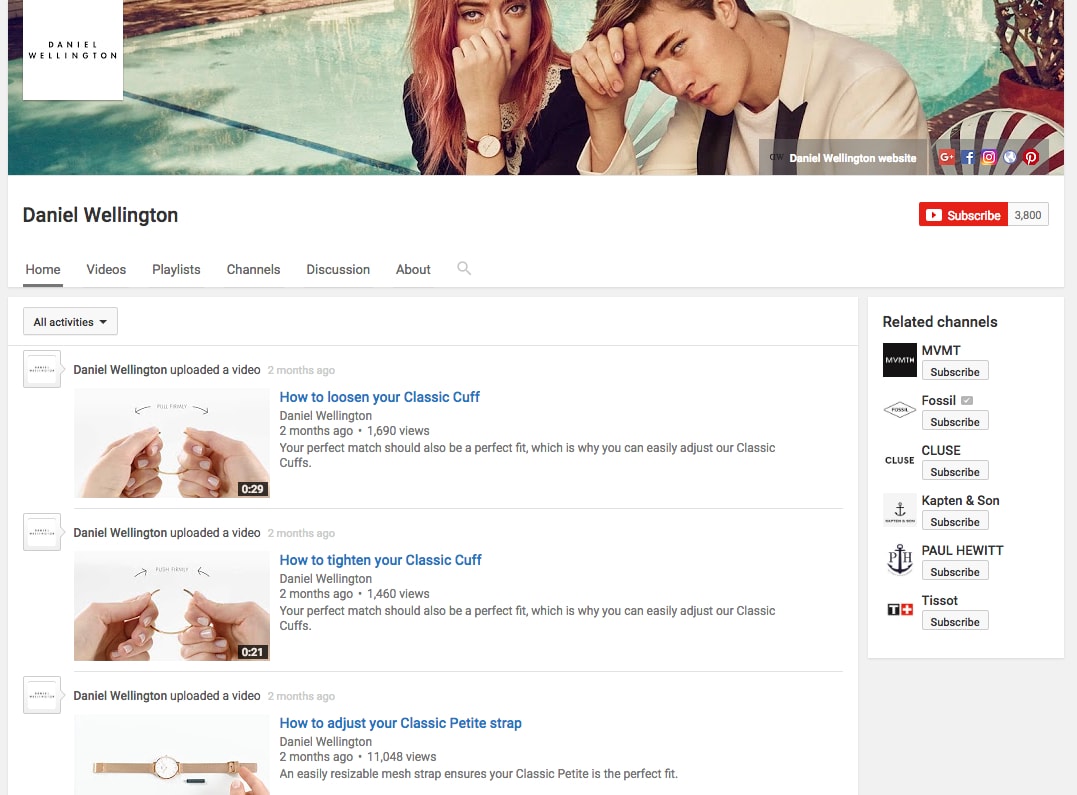
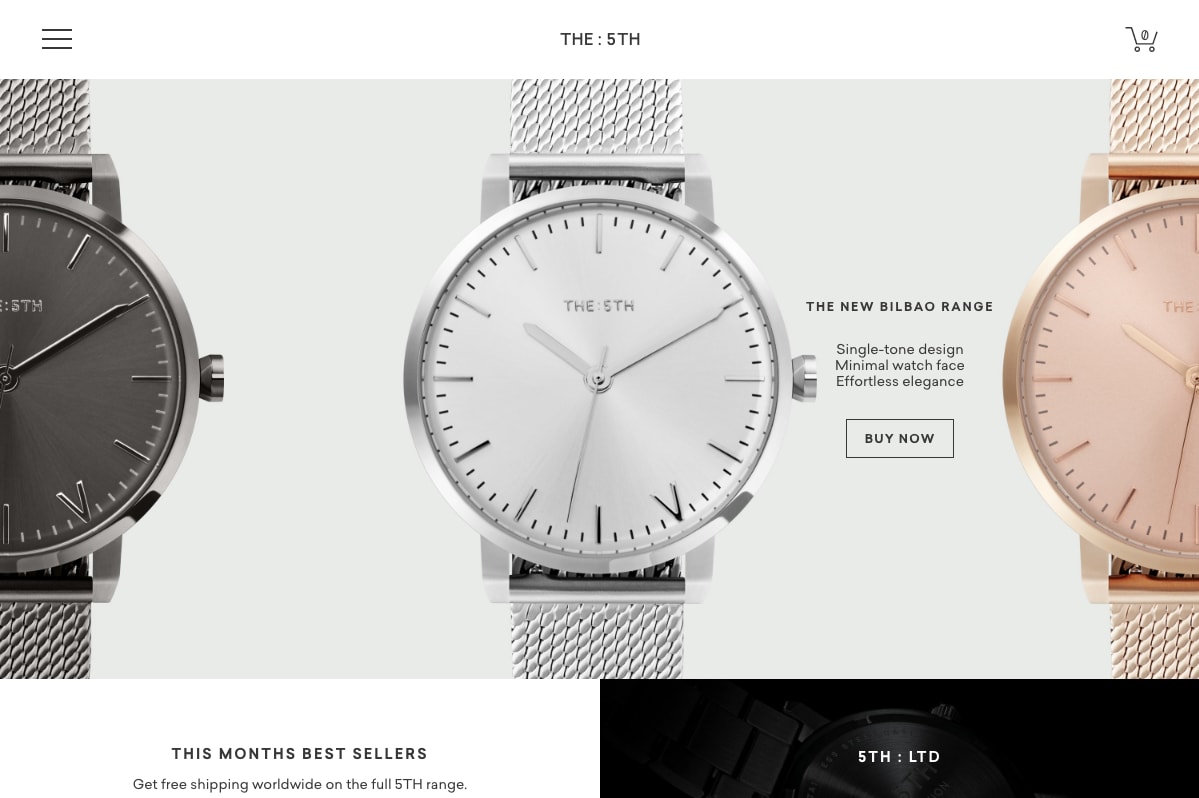

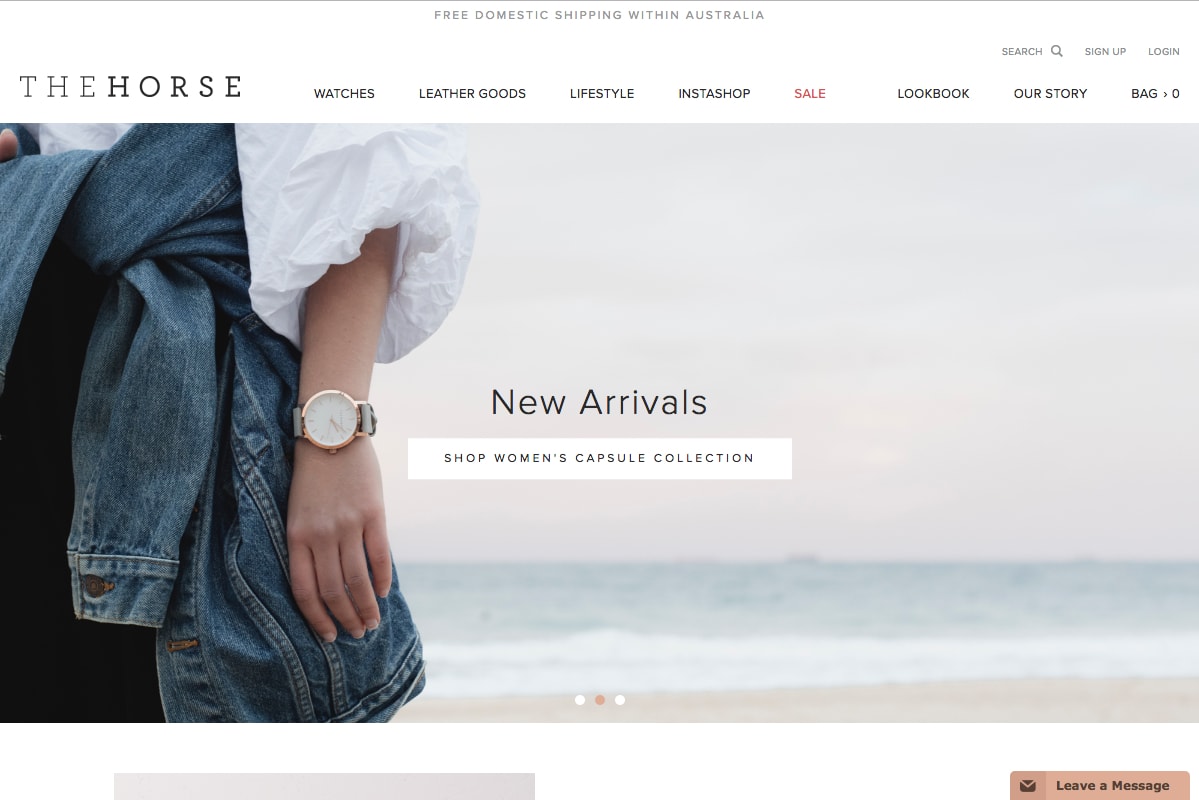
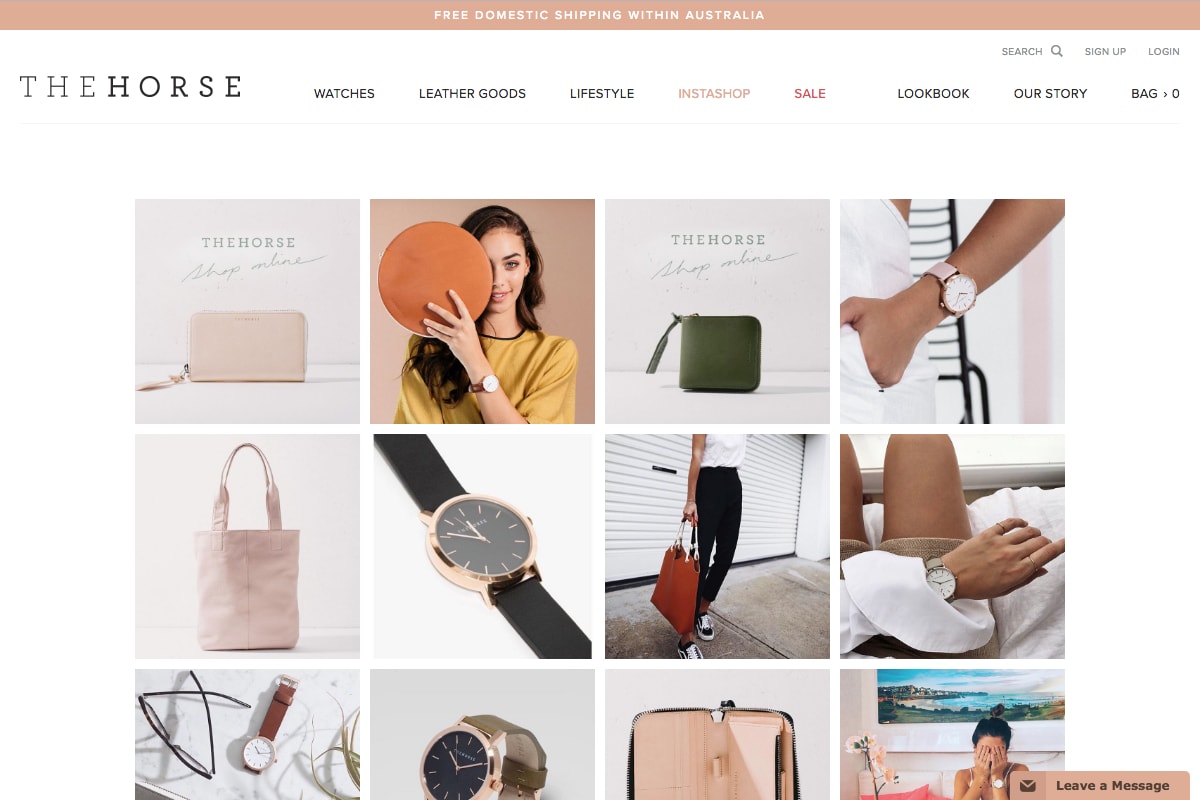

Hey!
It looks like you're browsing in . Would you like to switch over to the website?